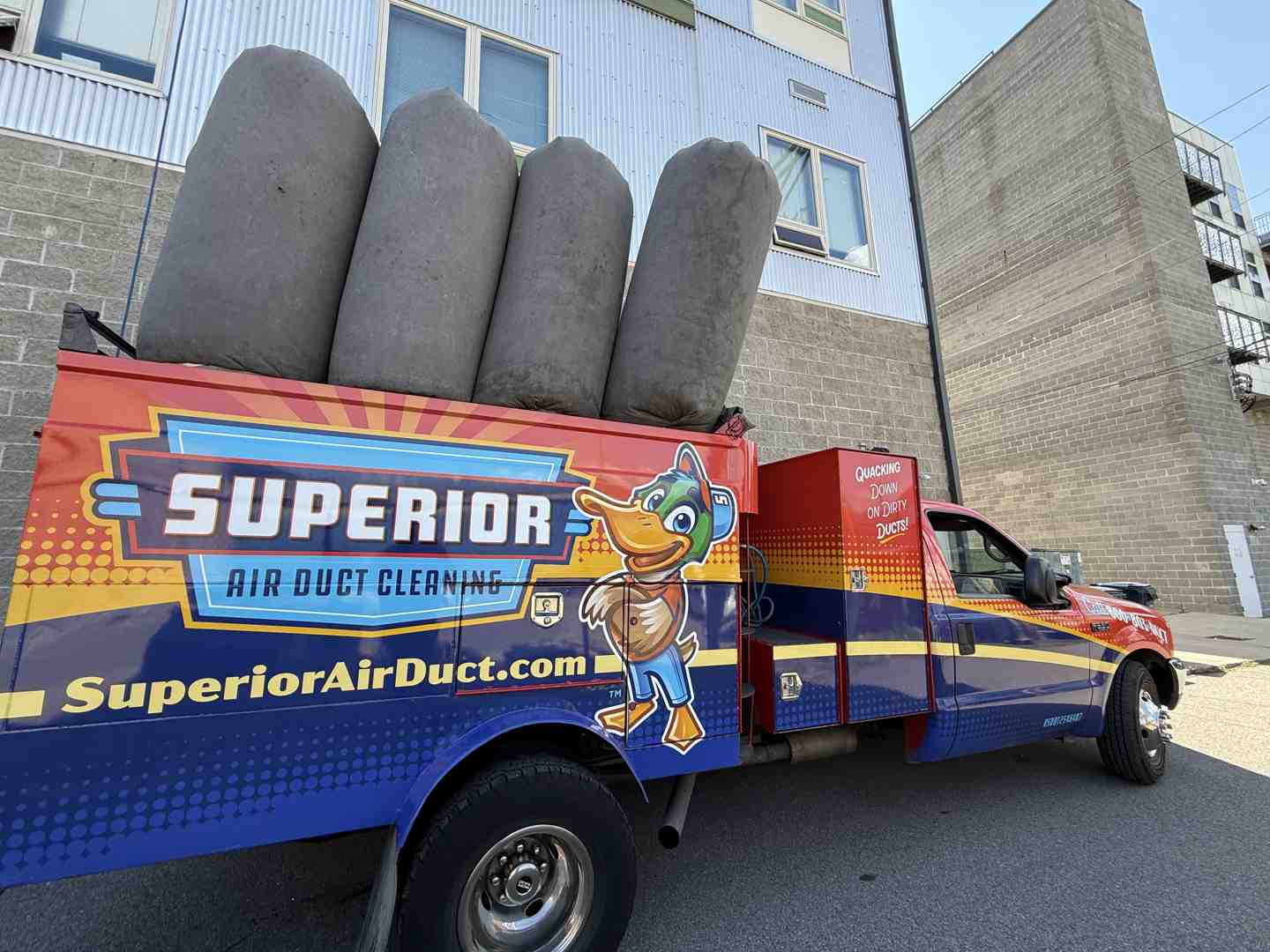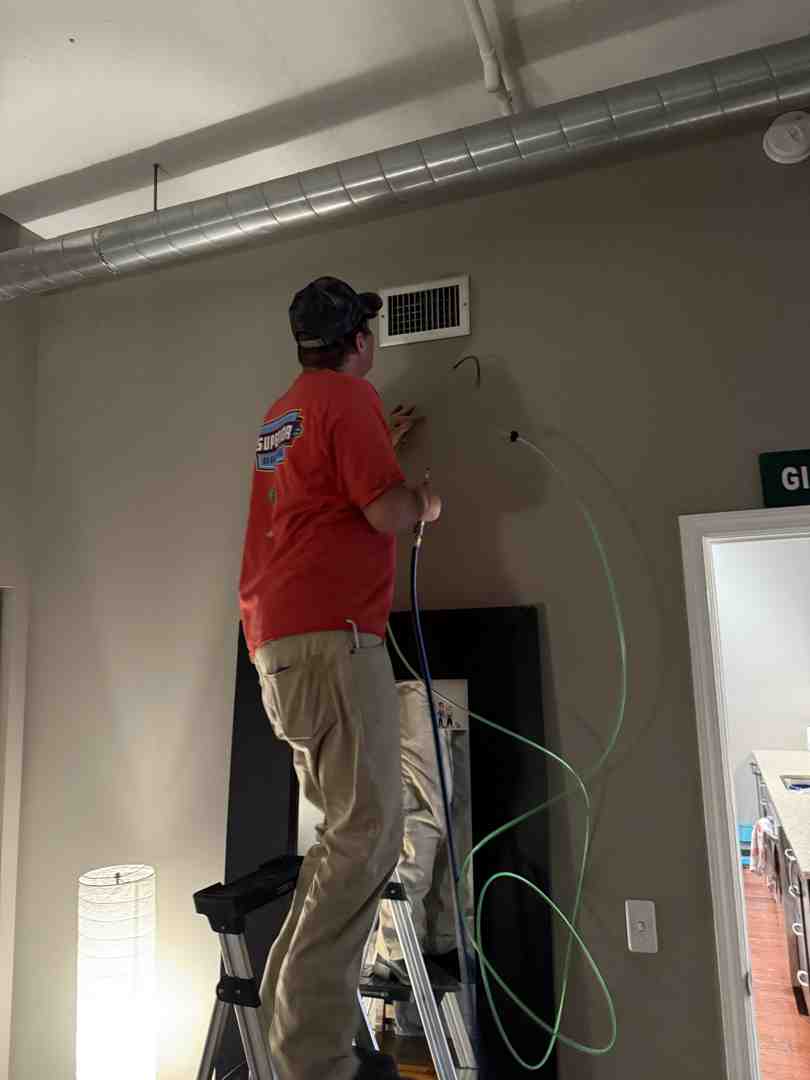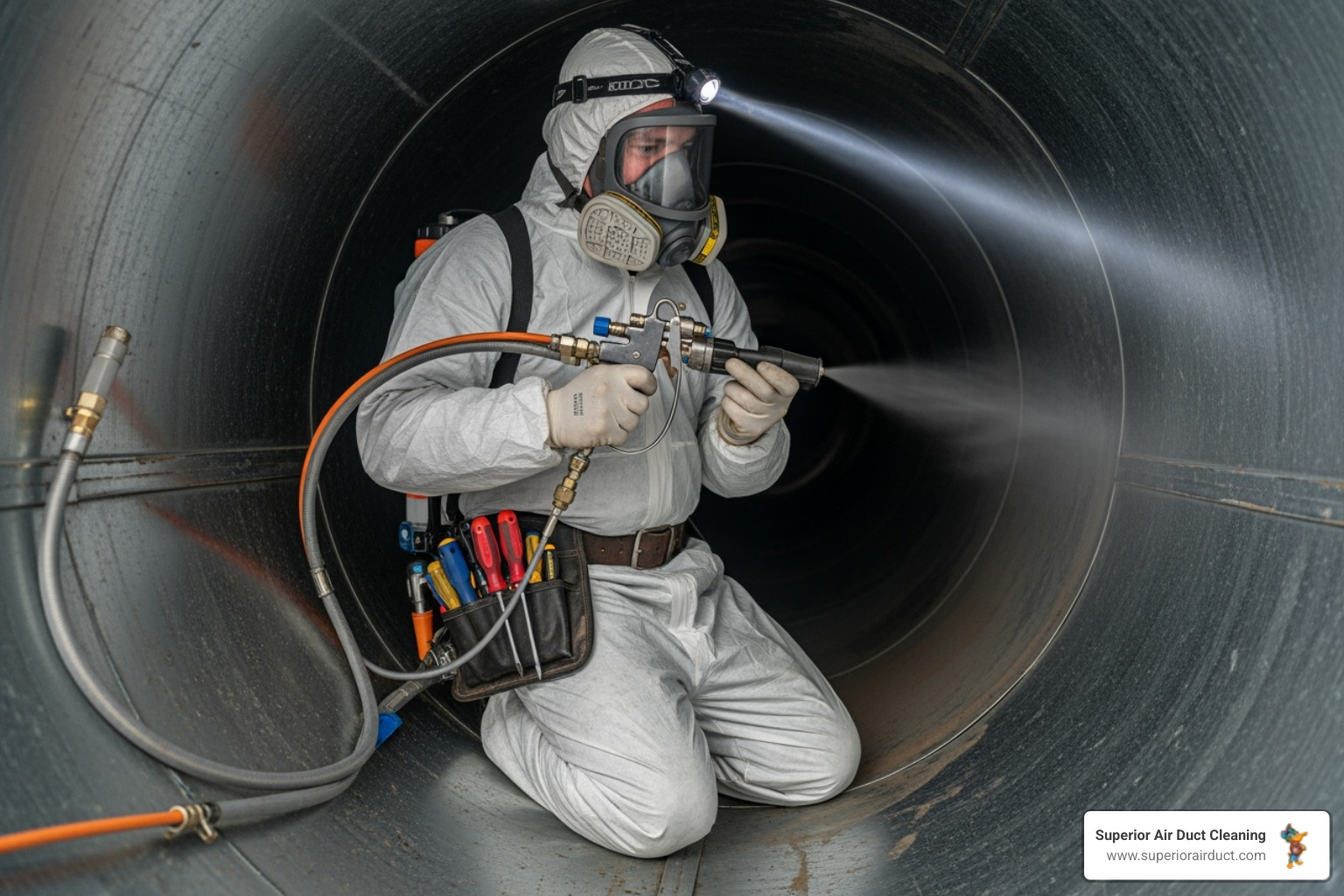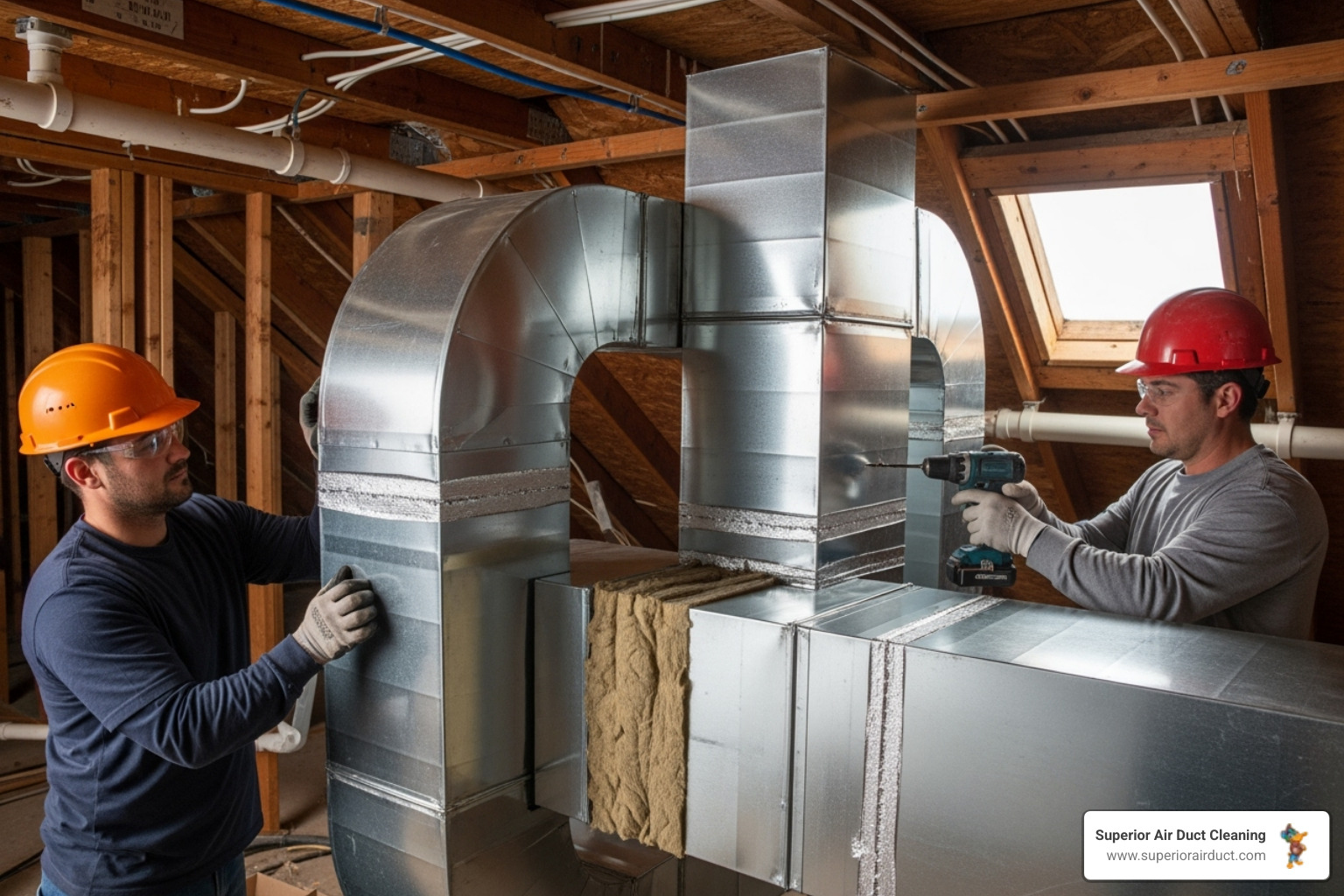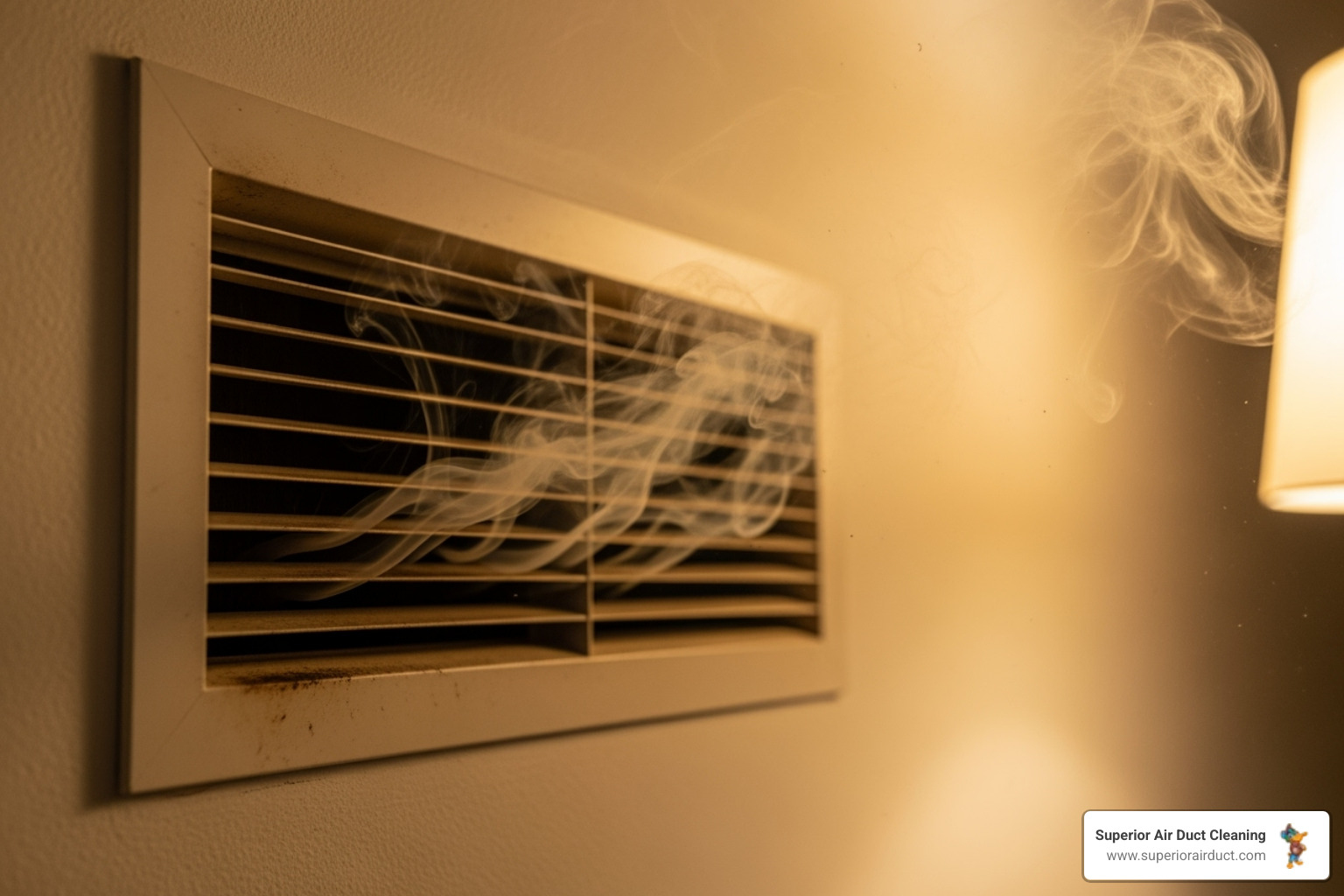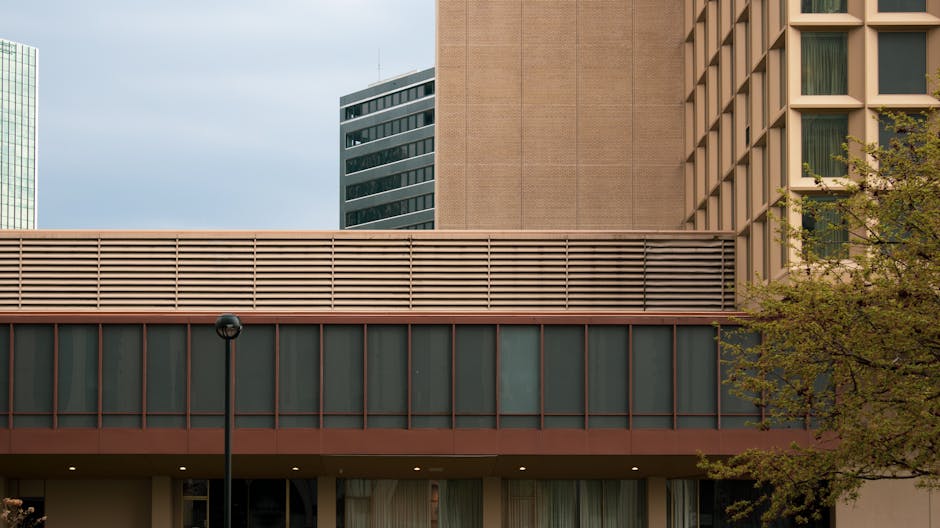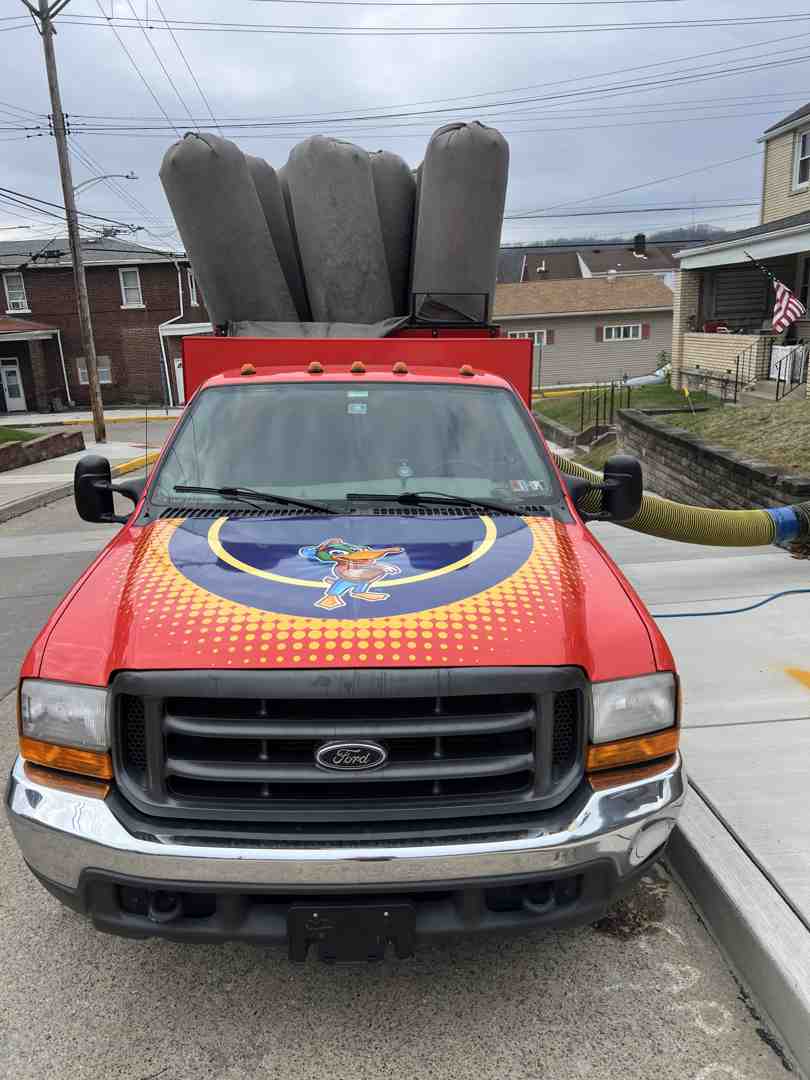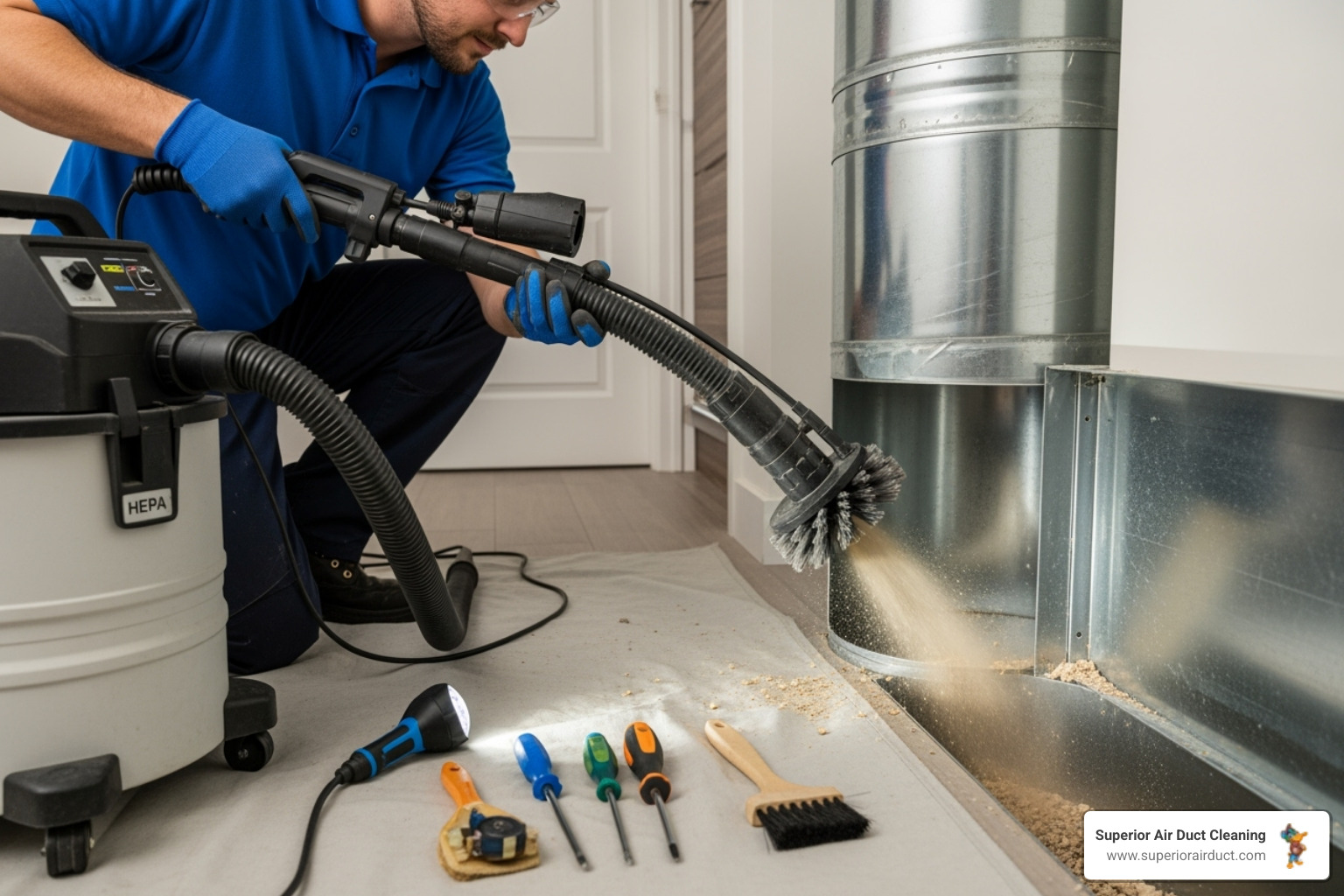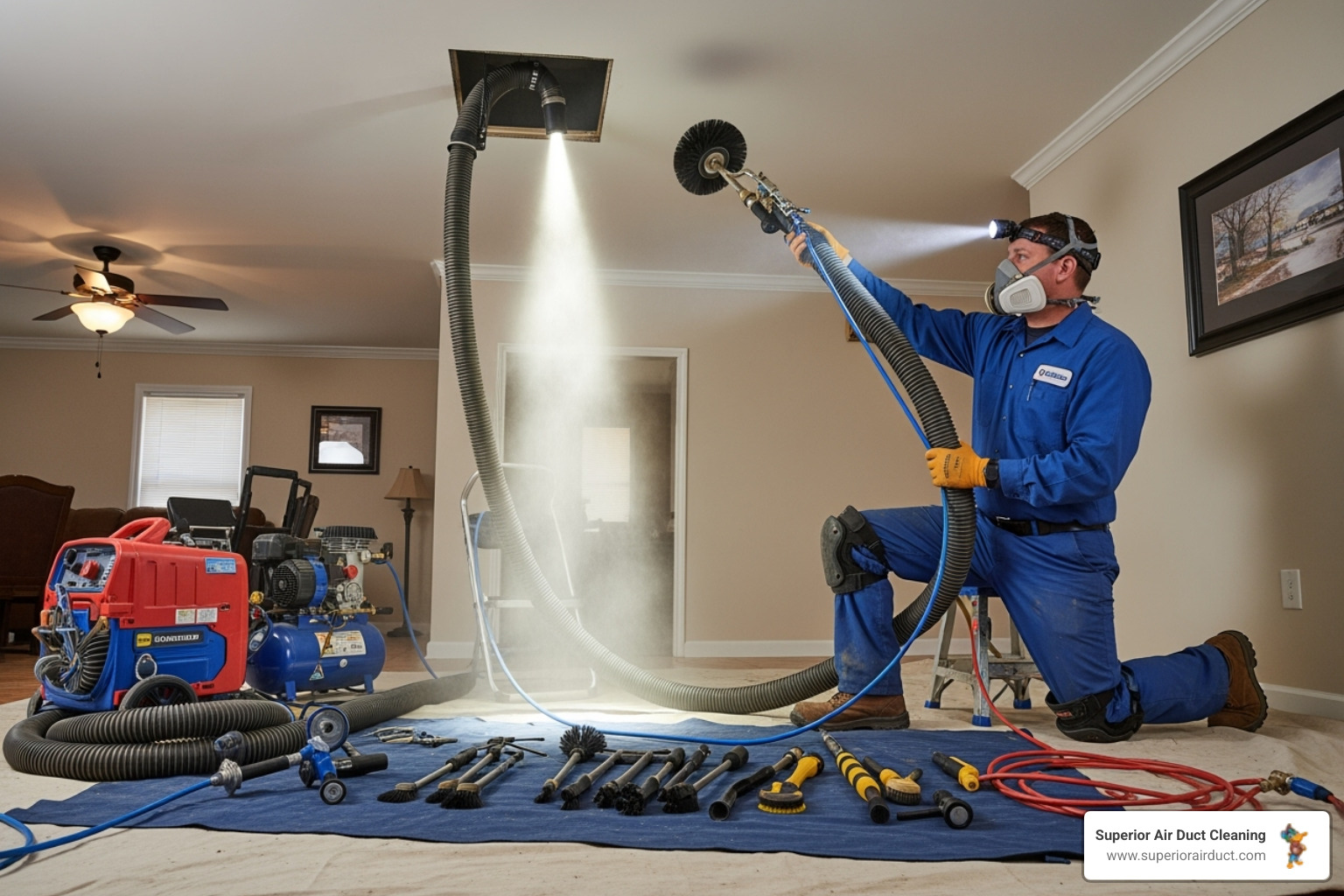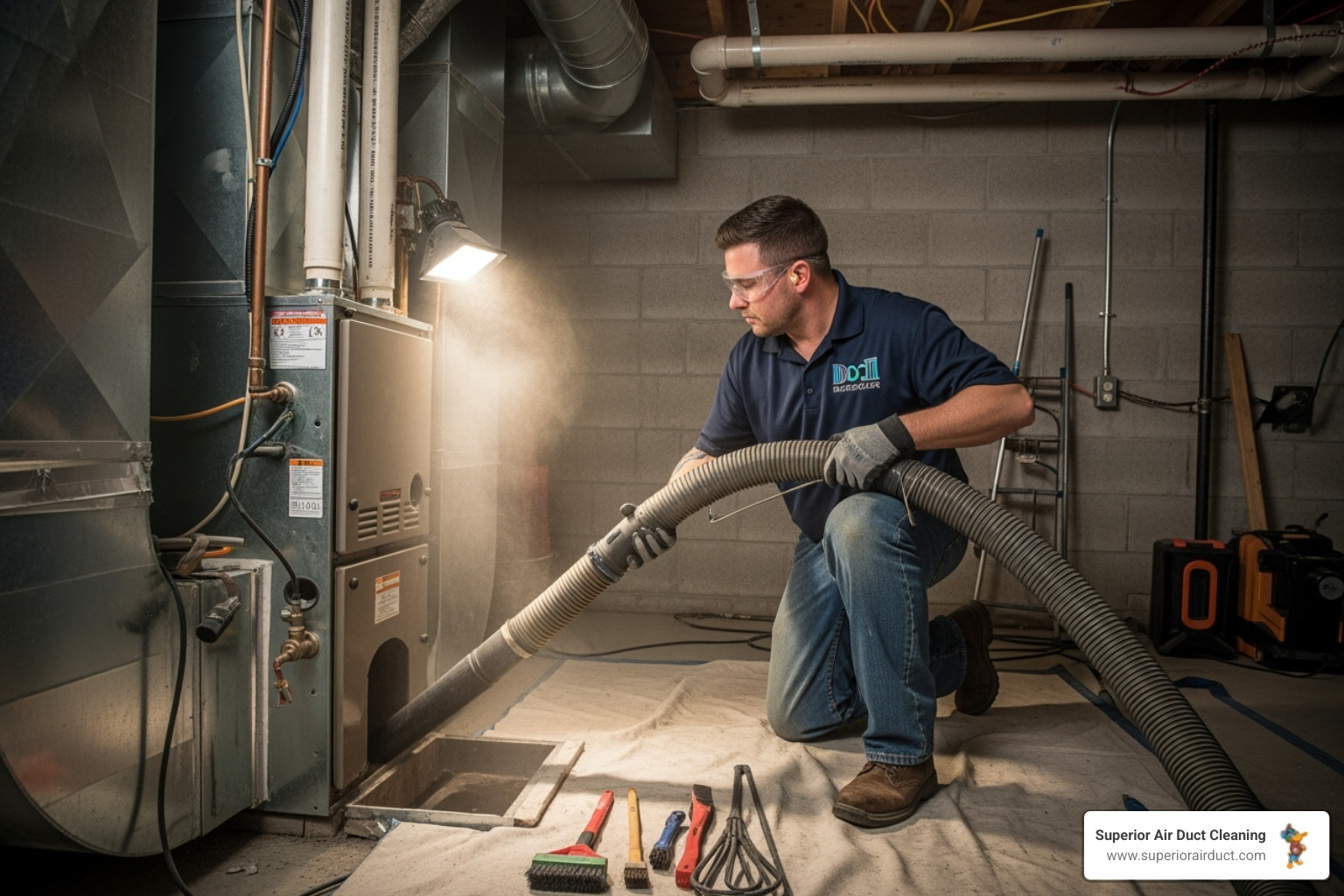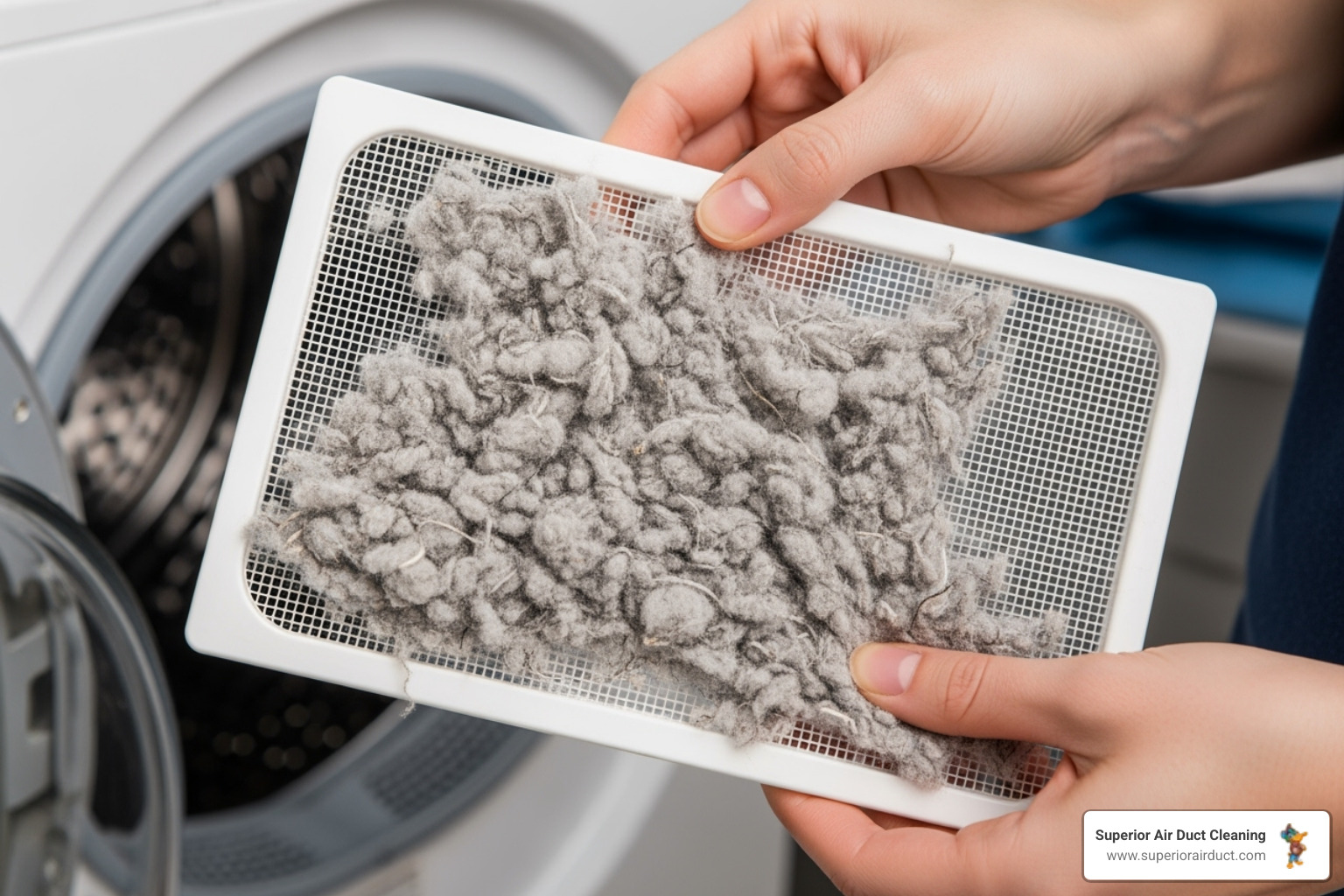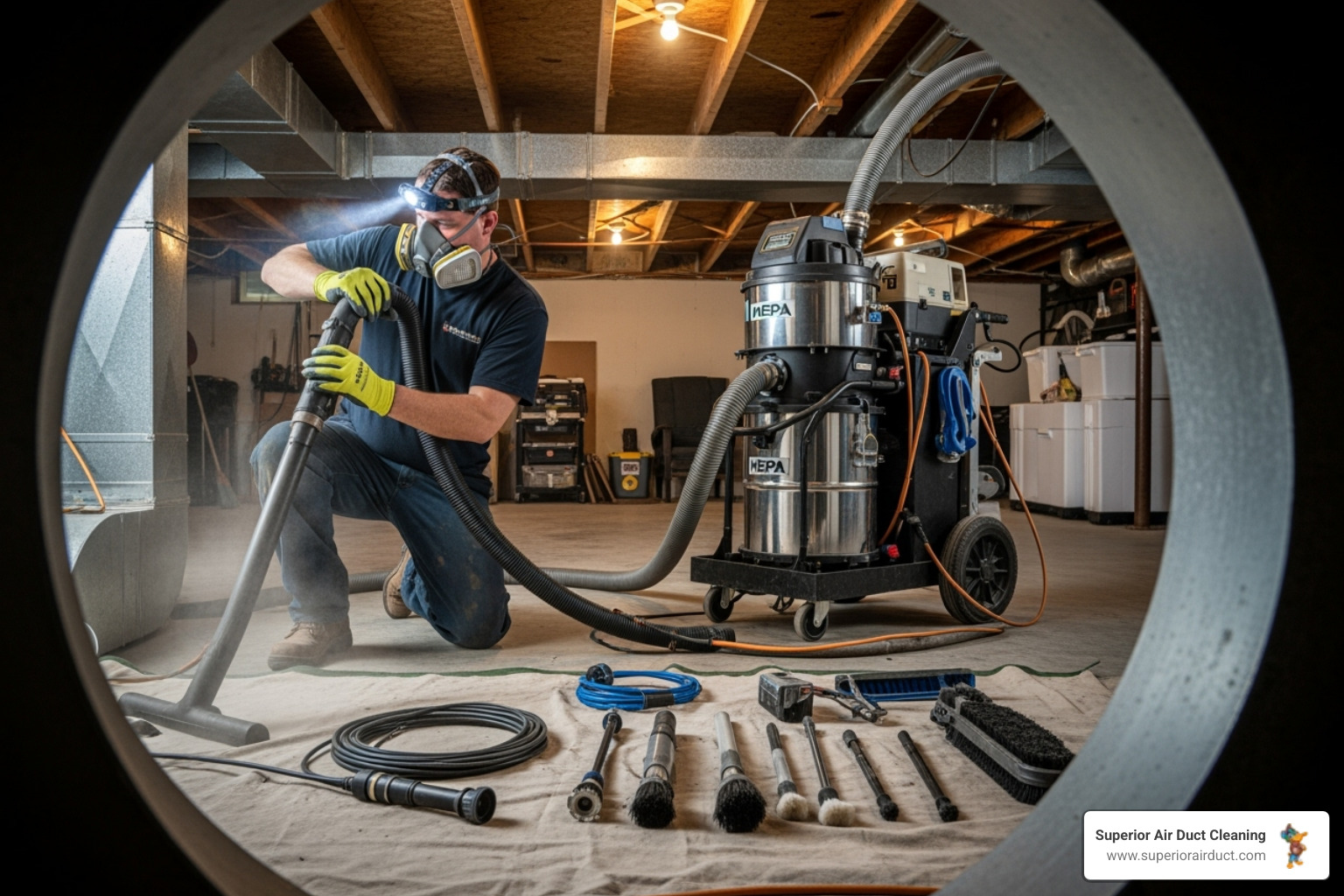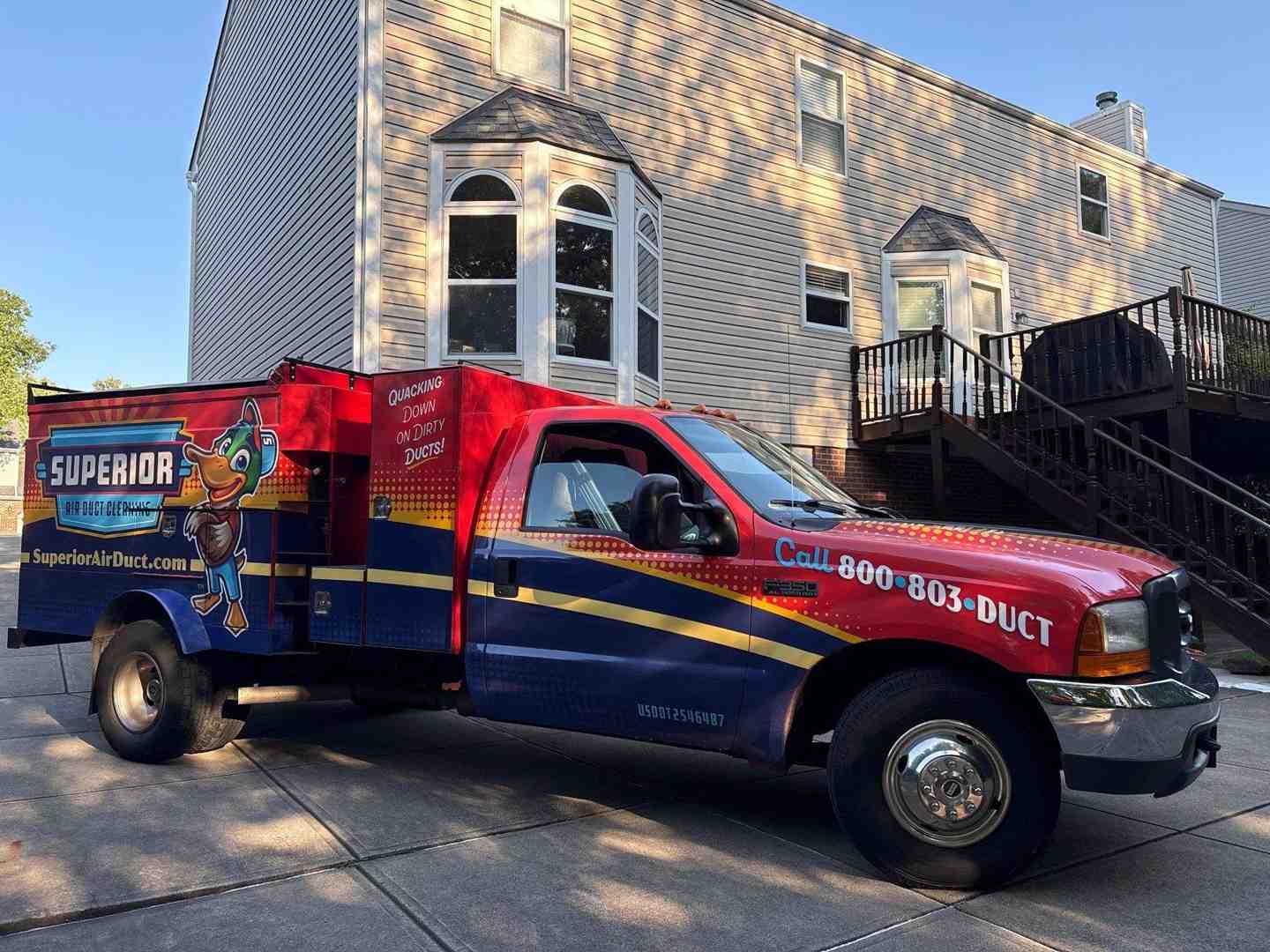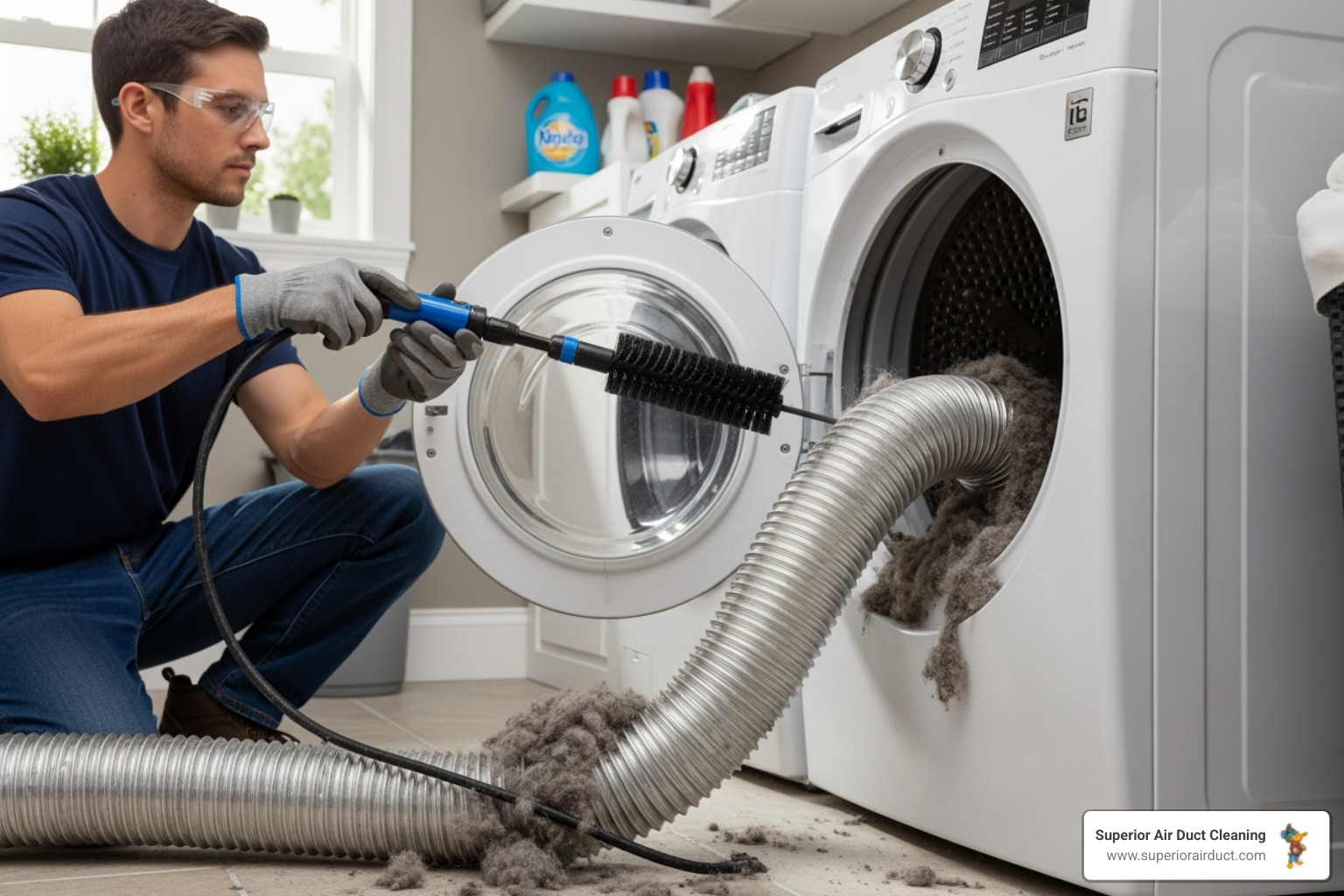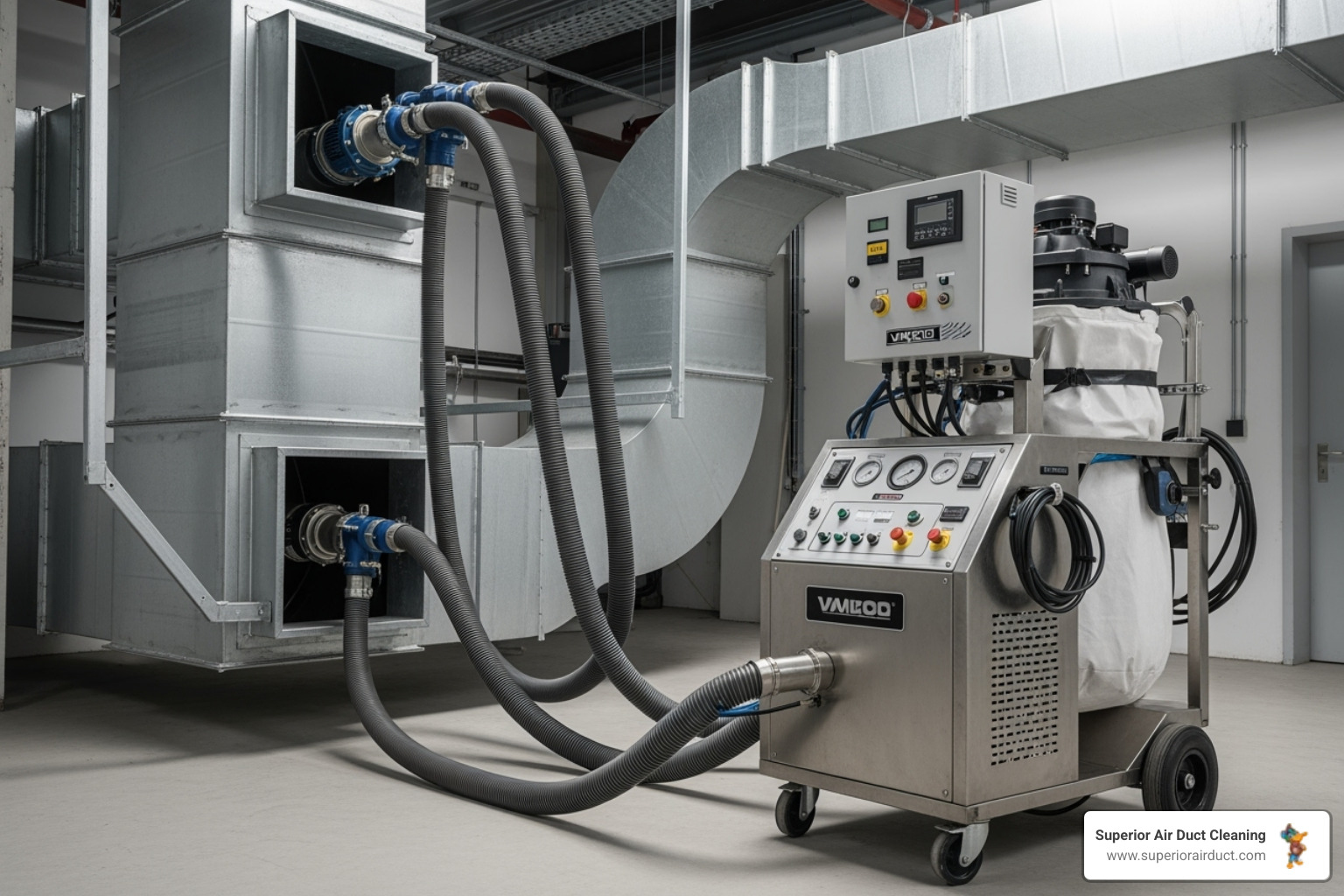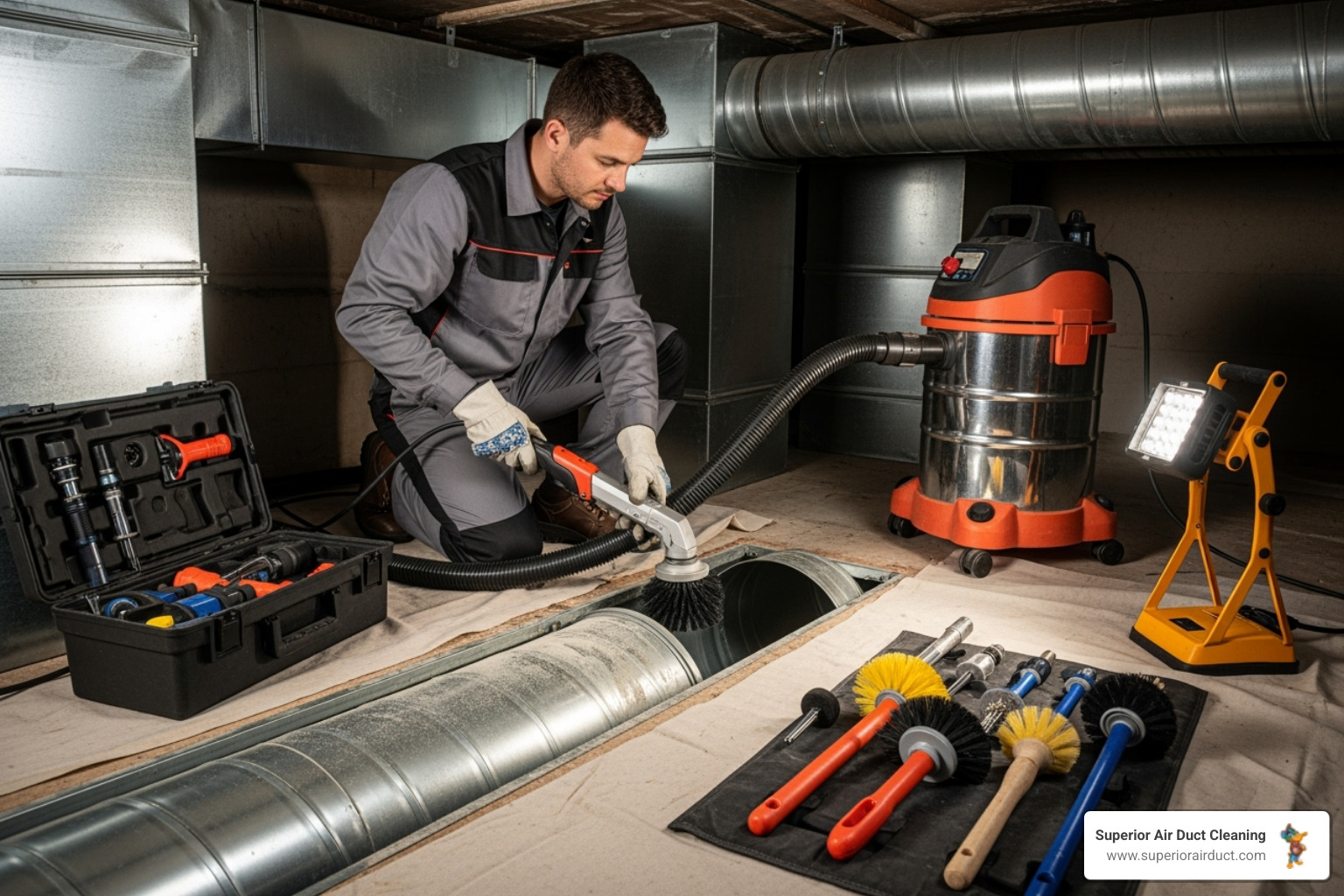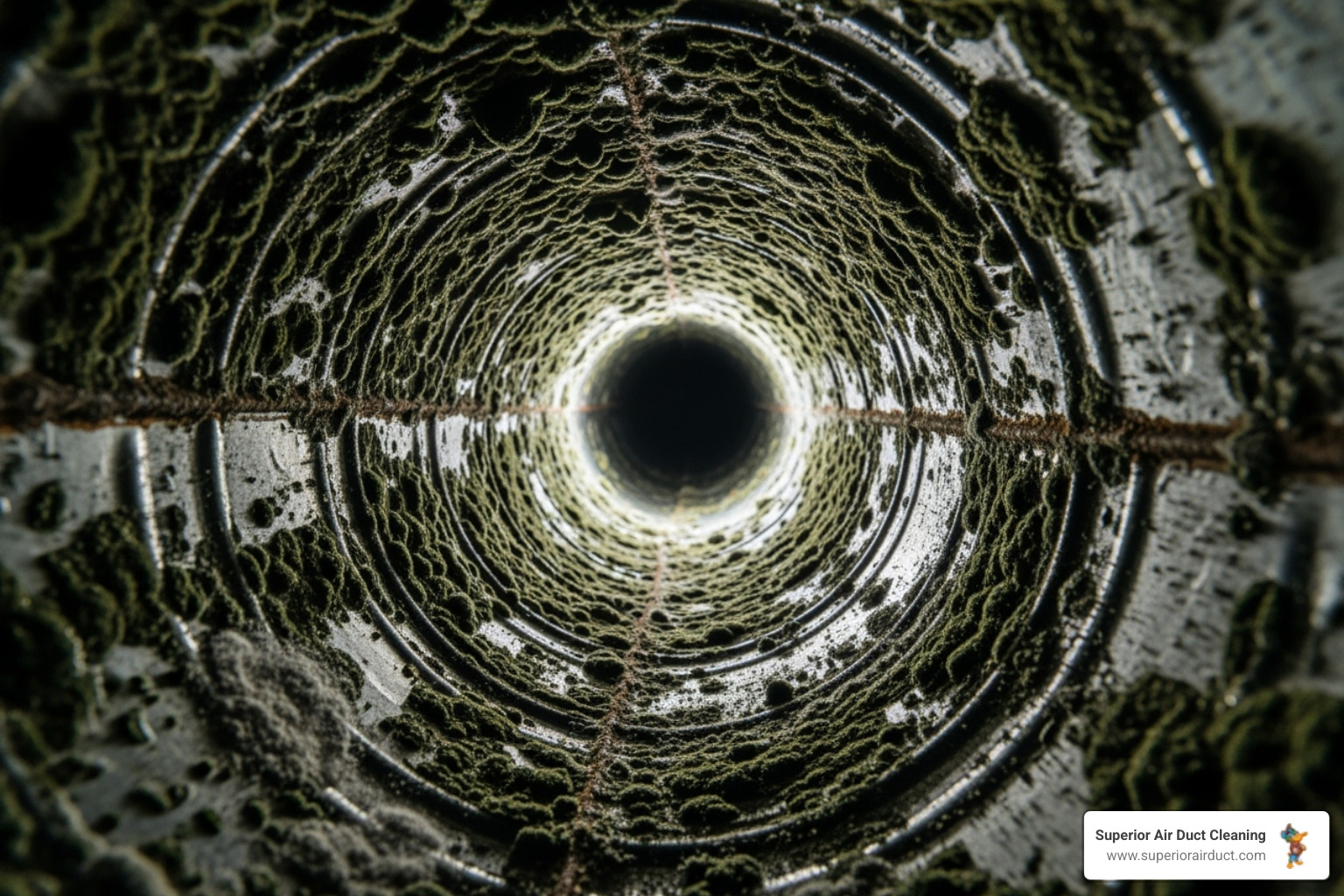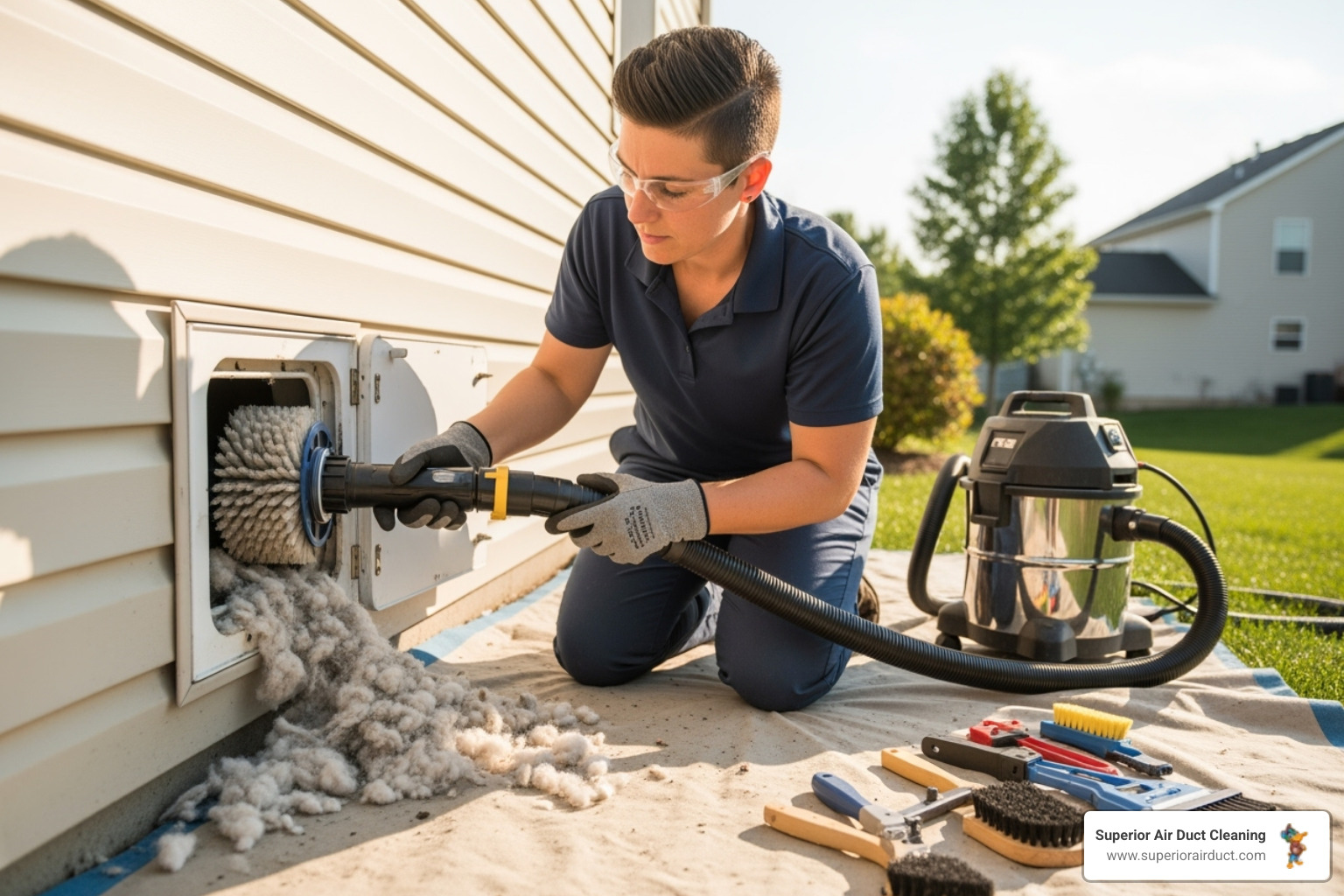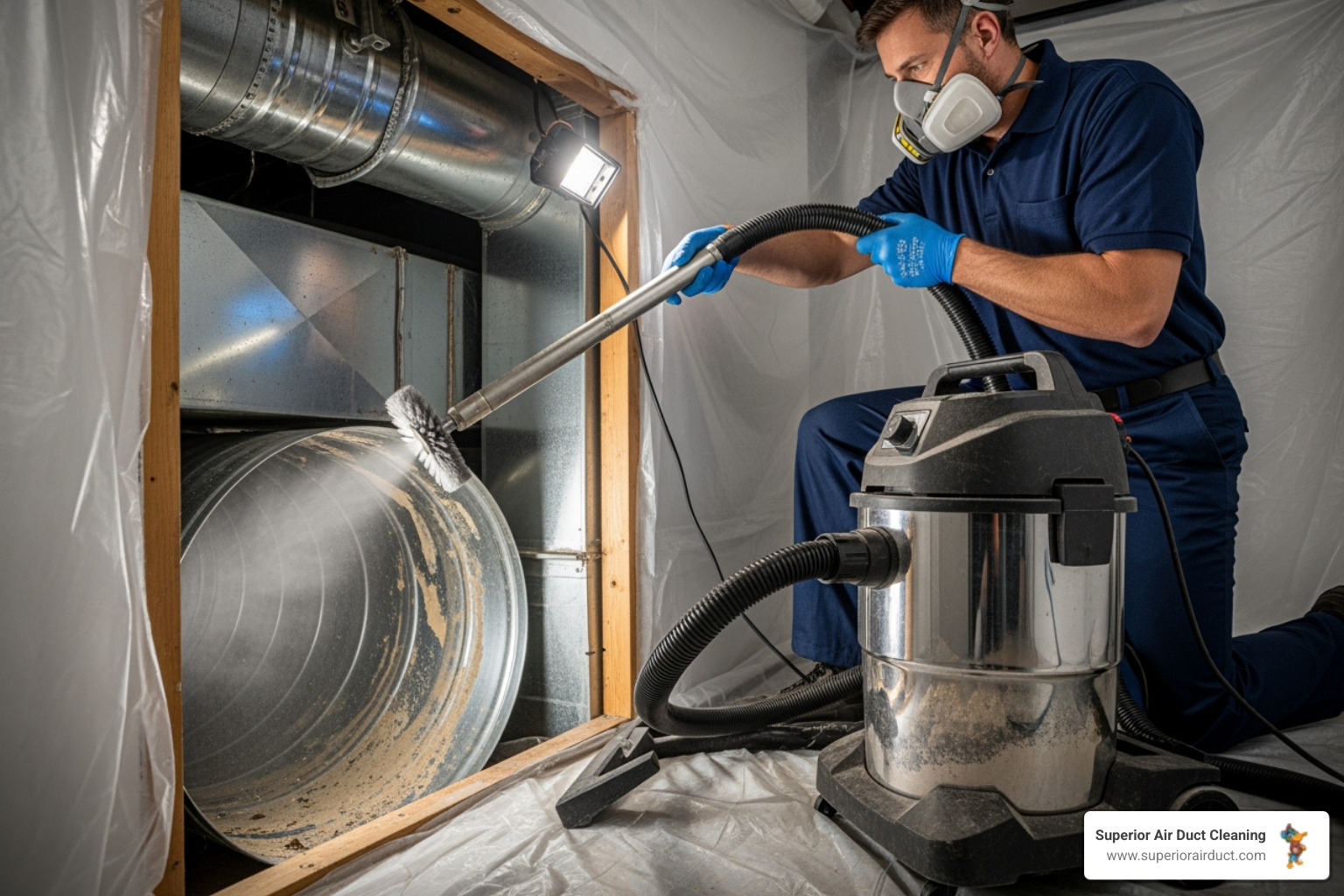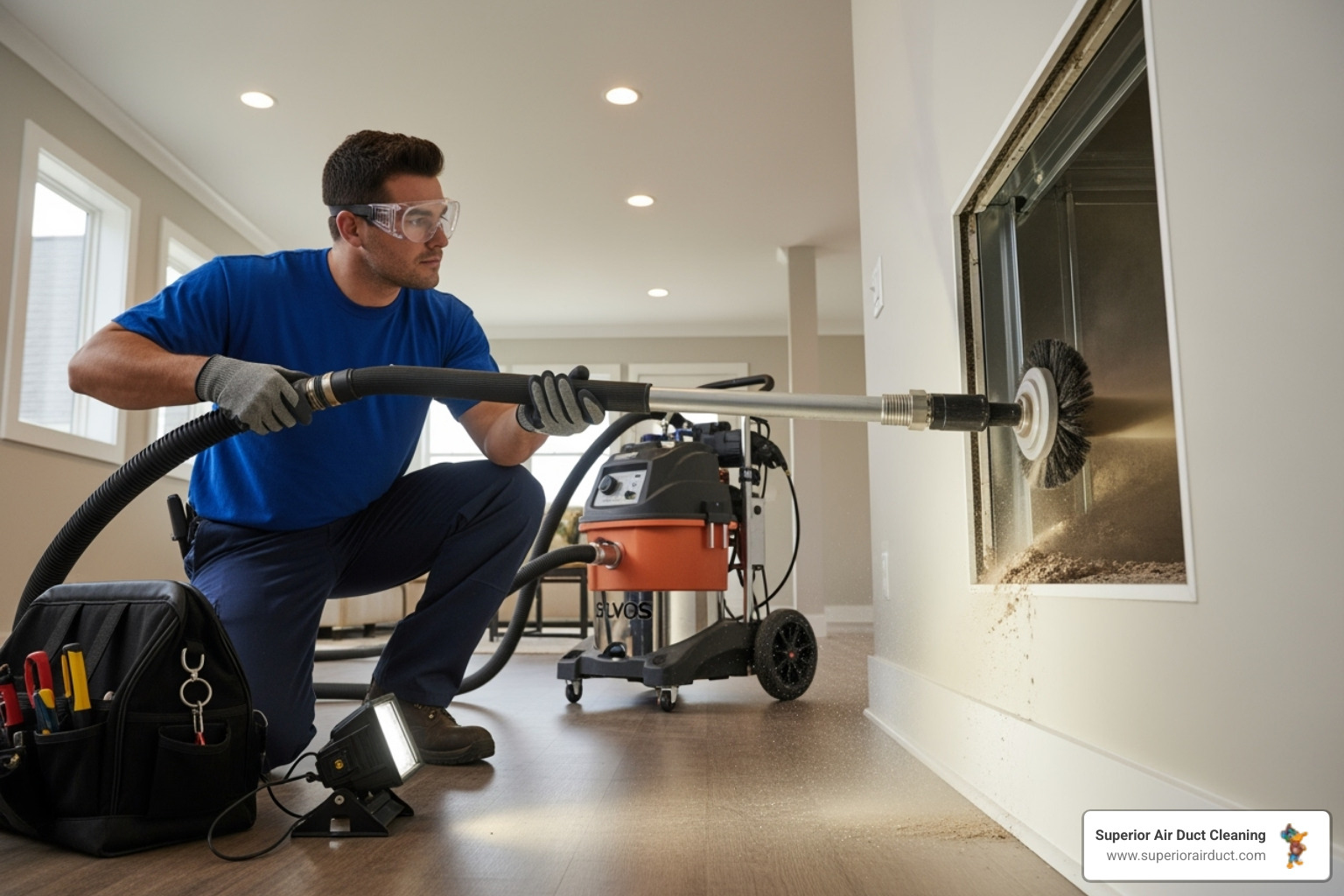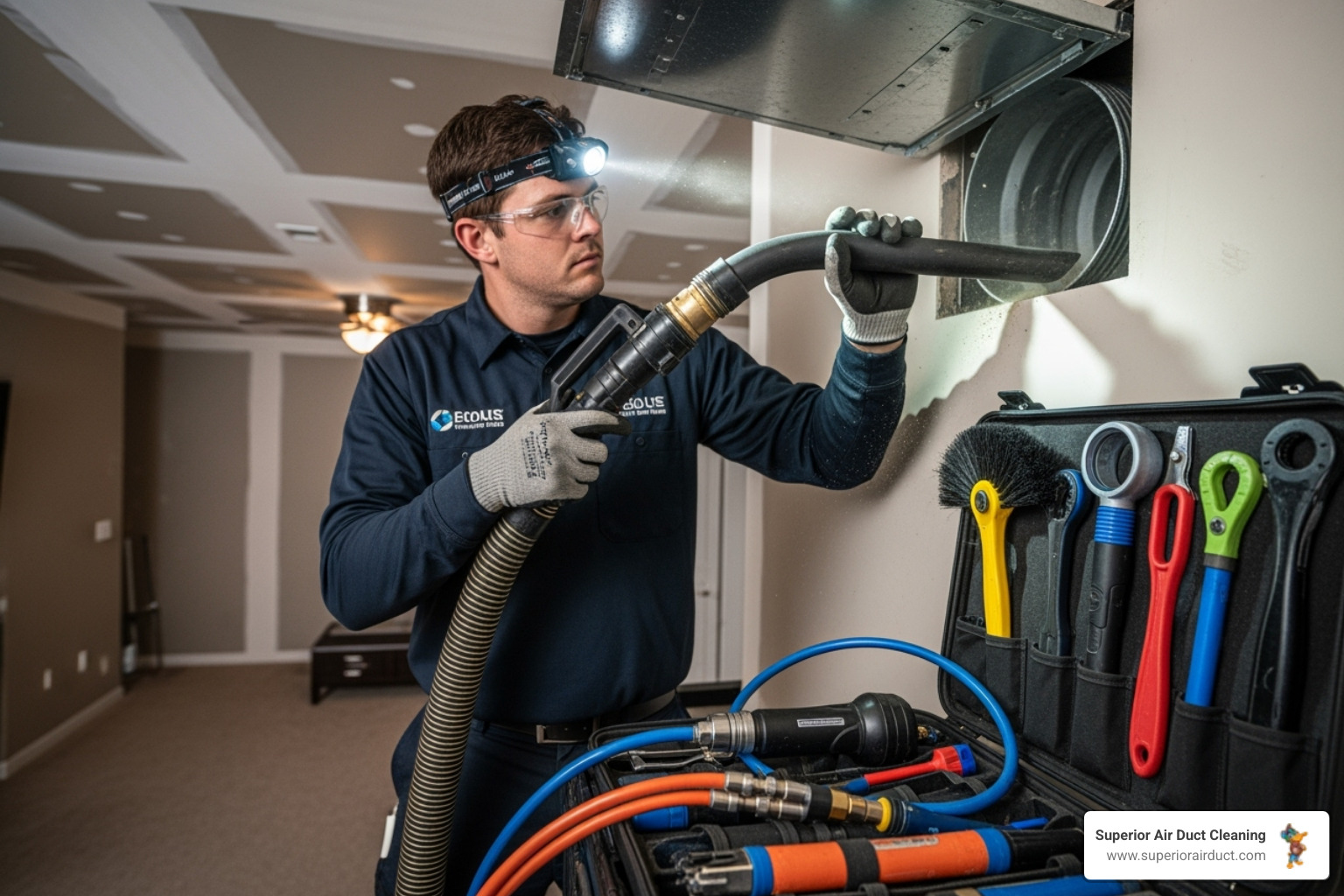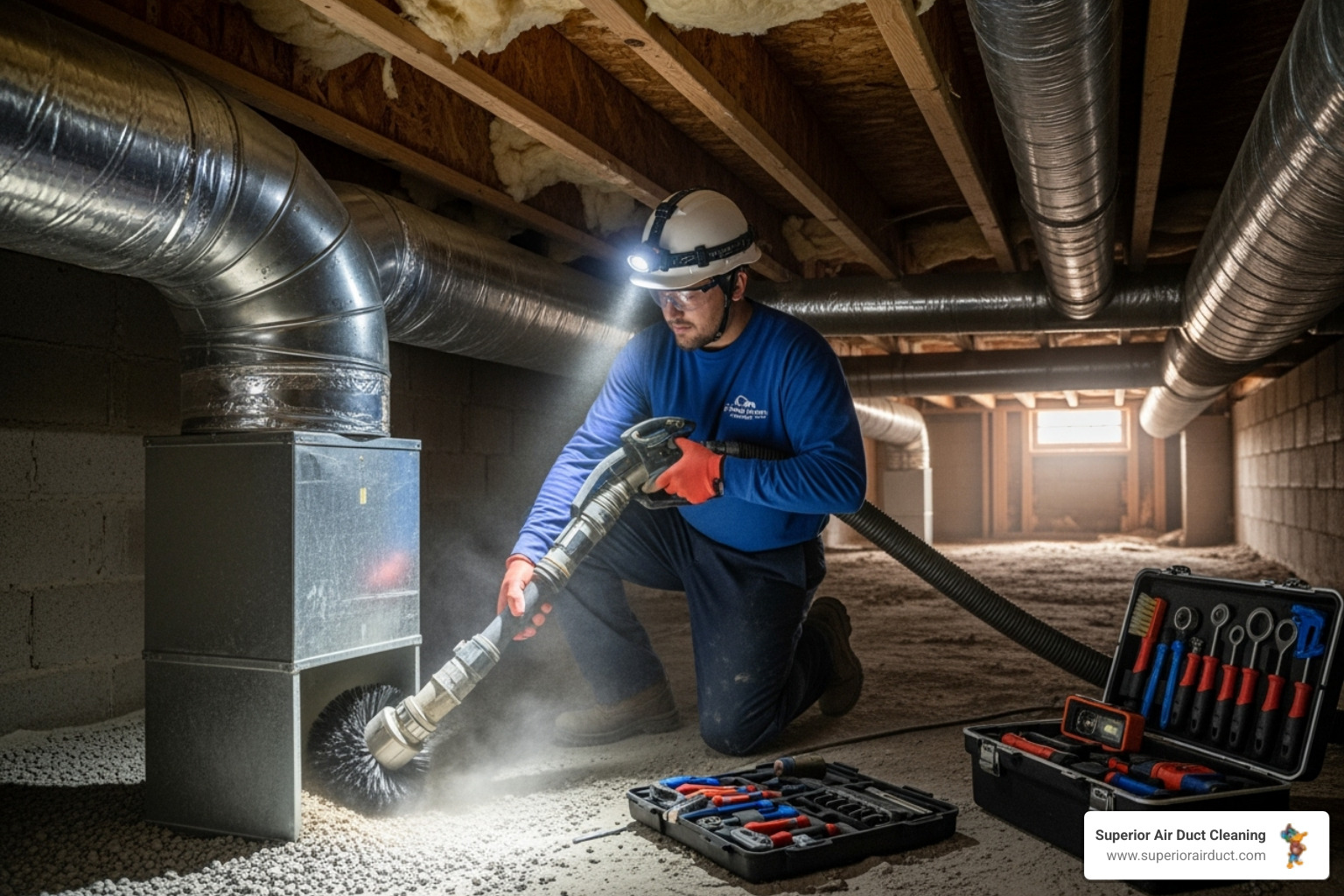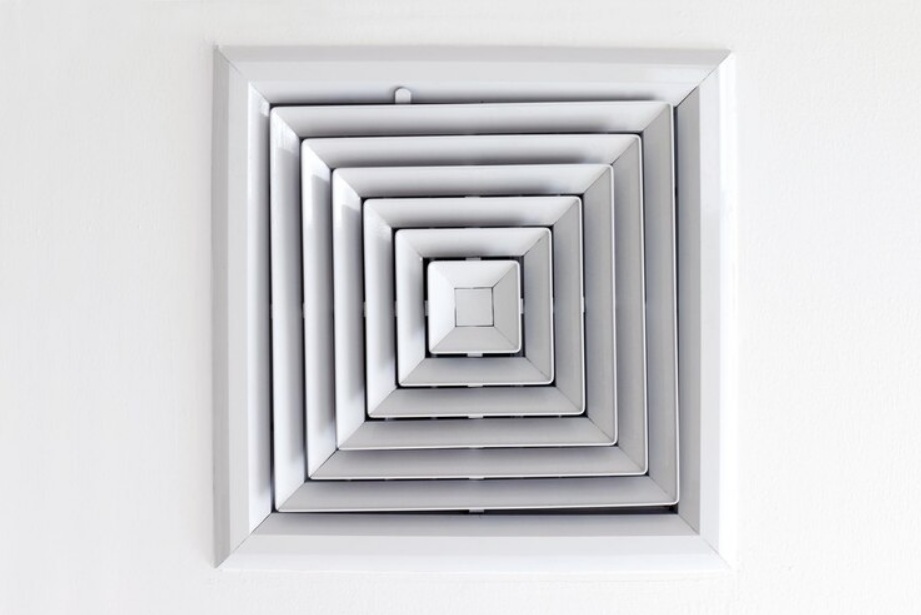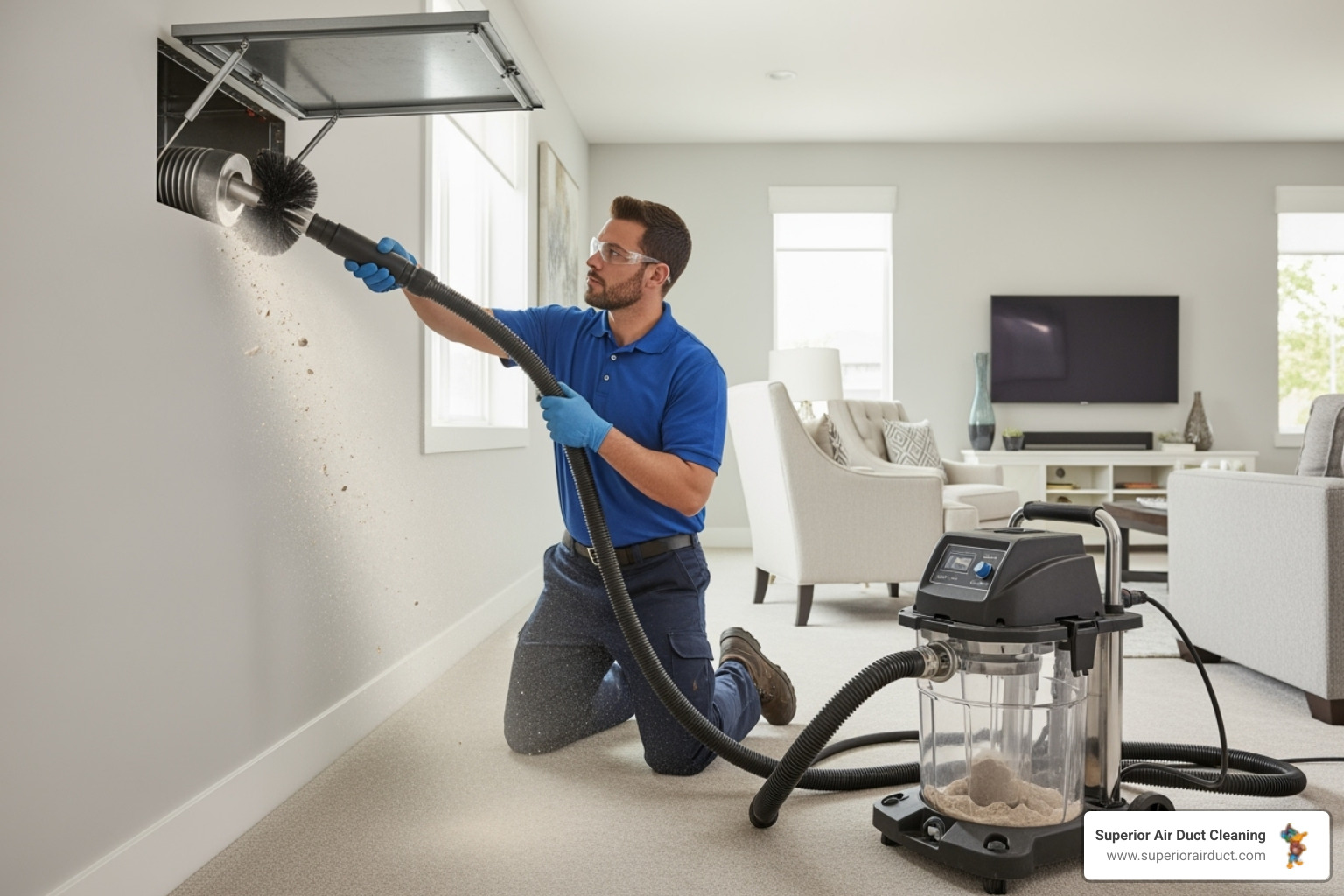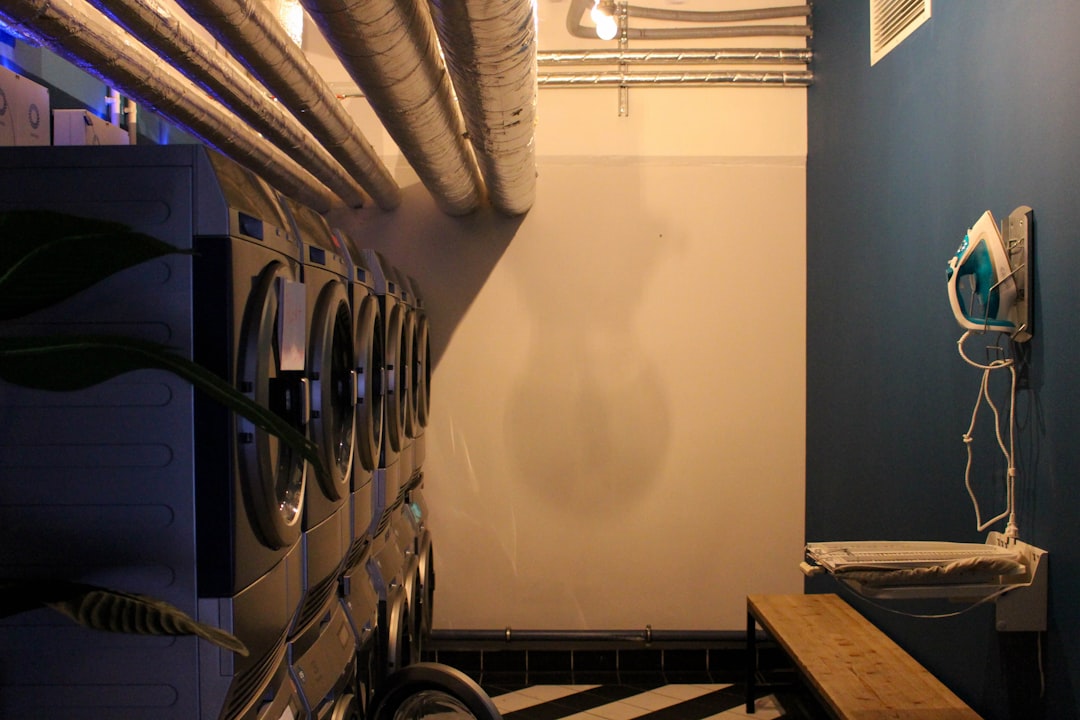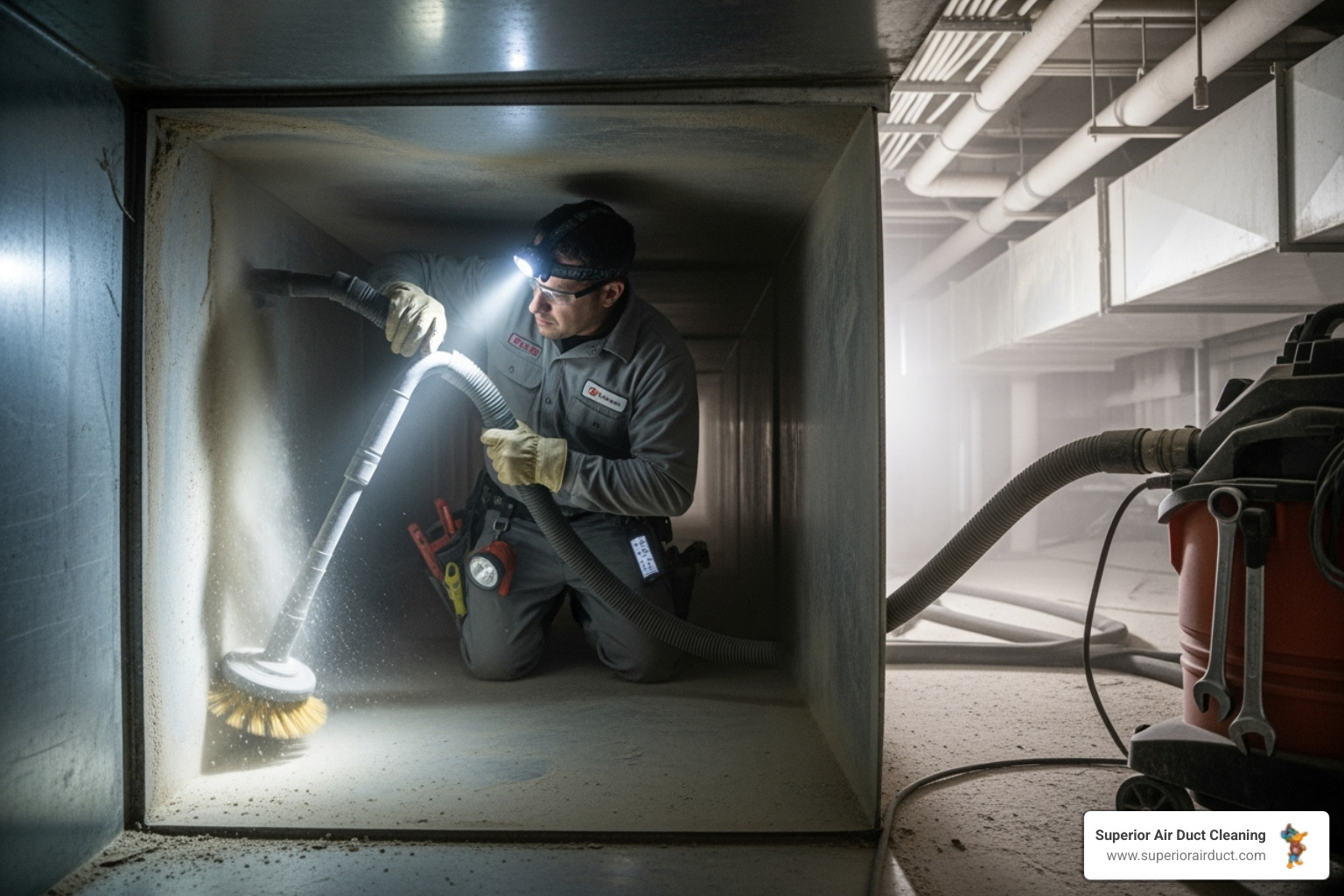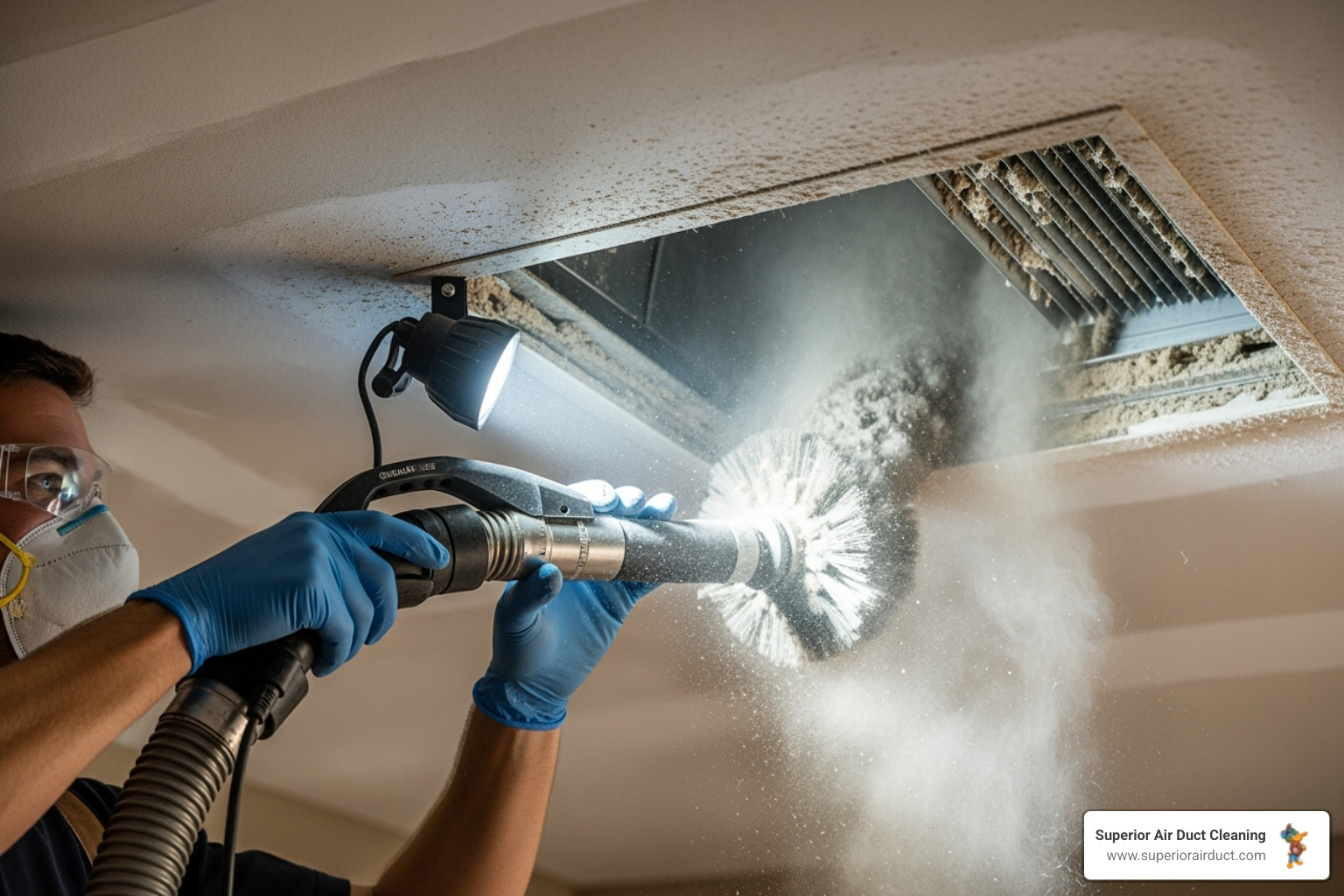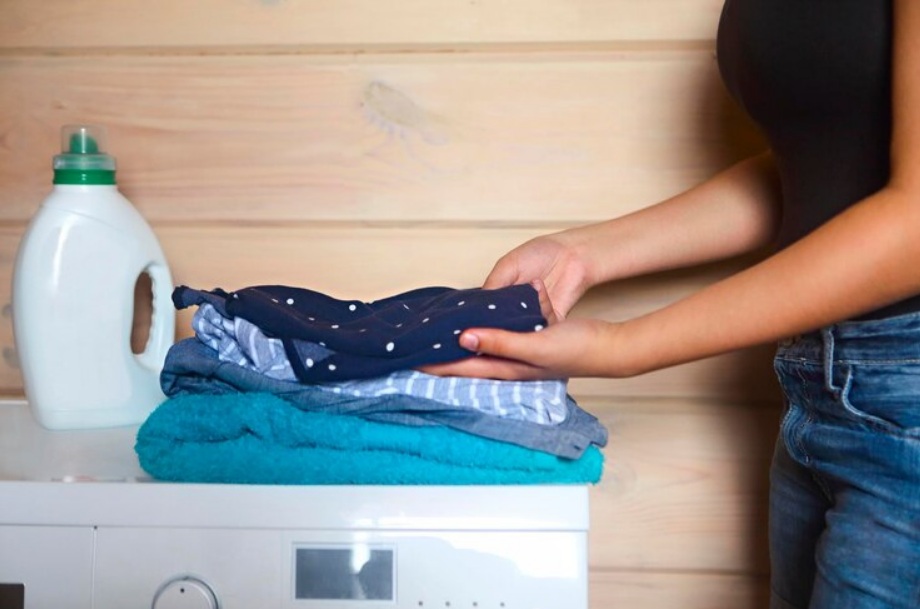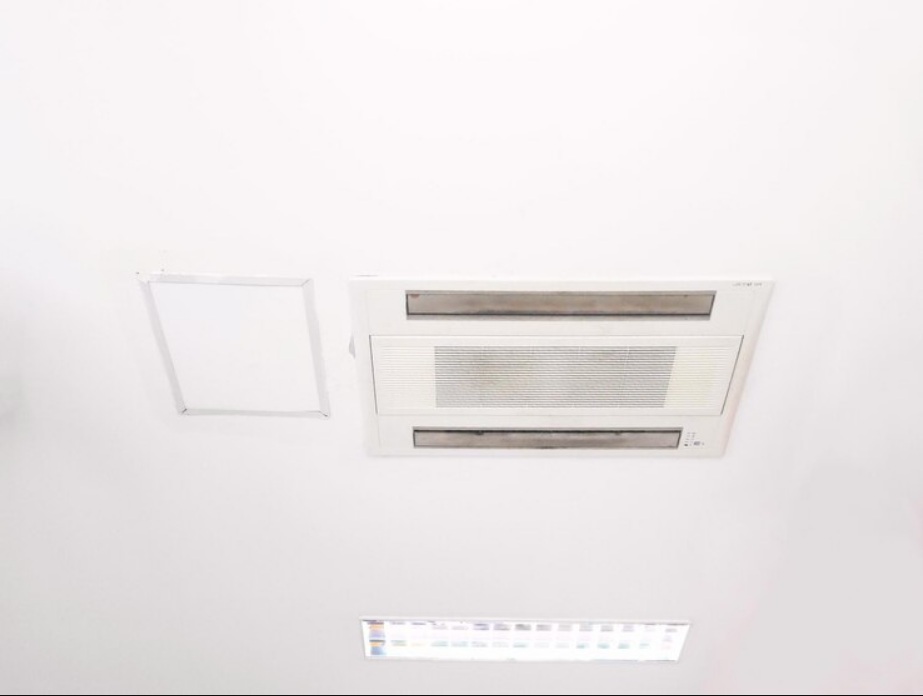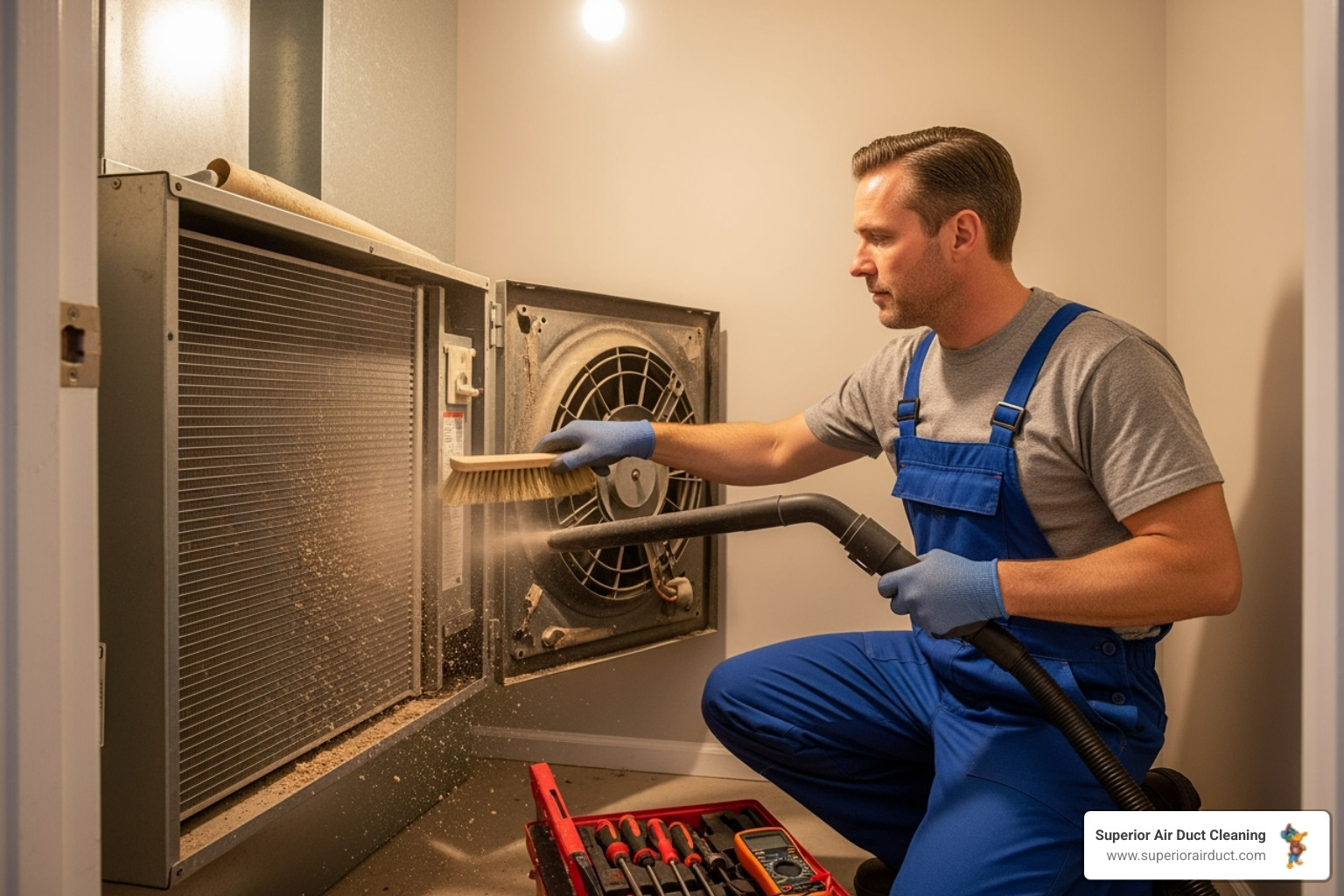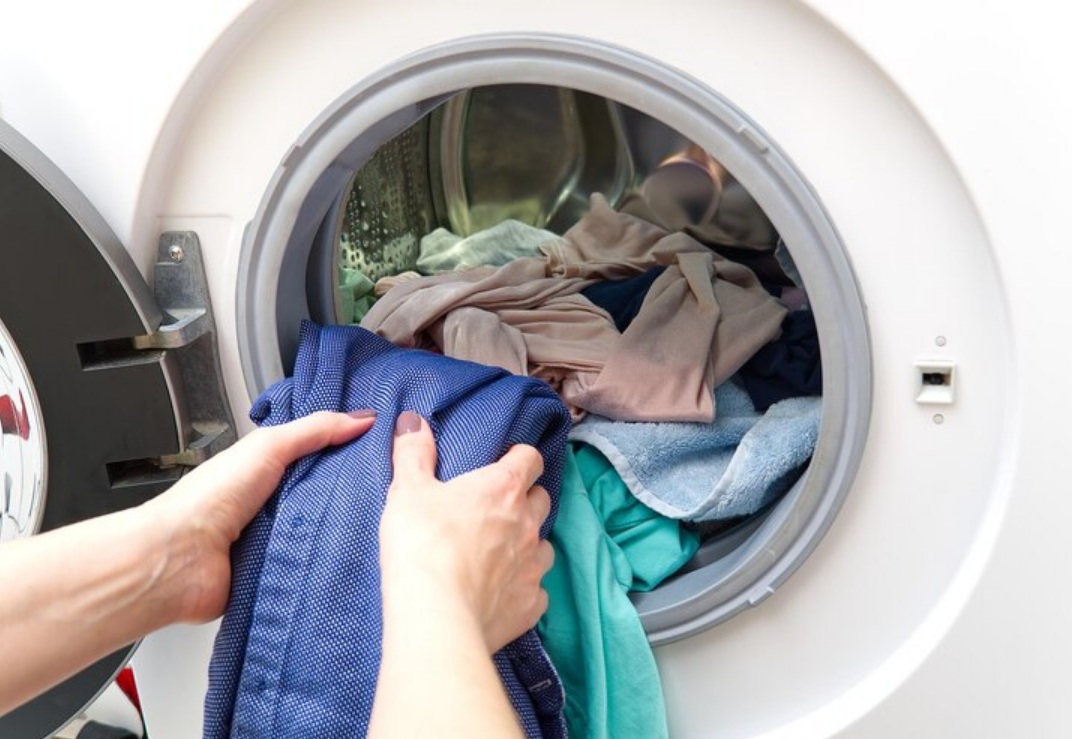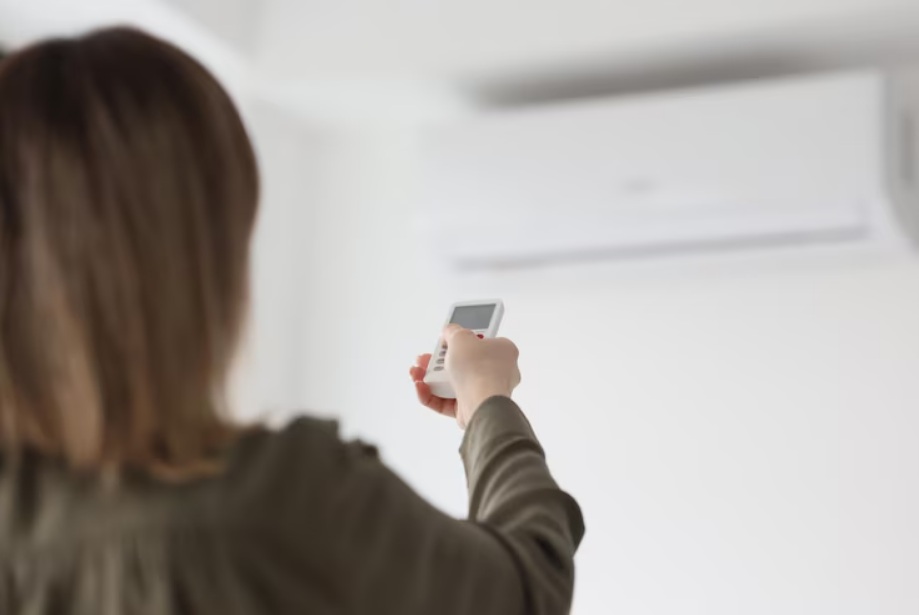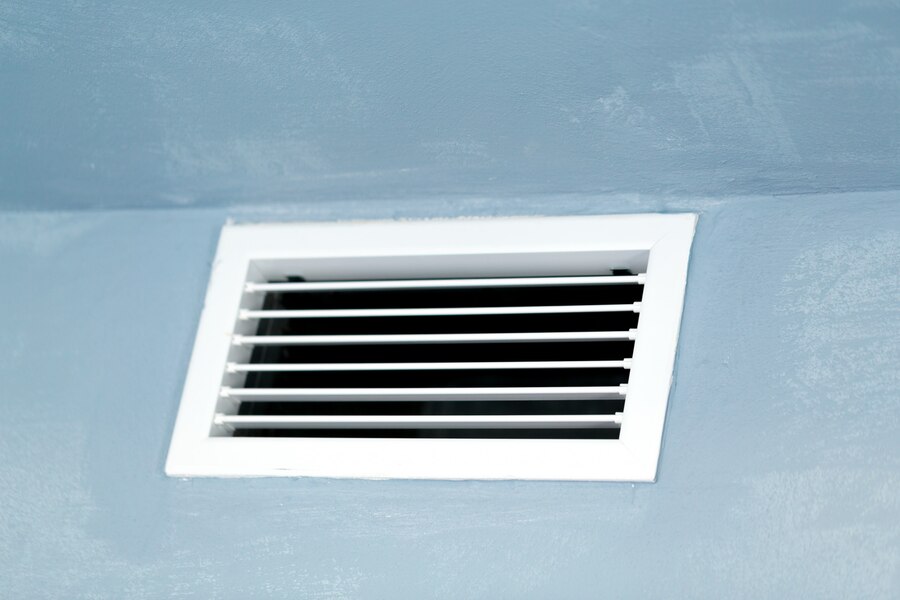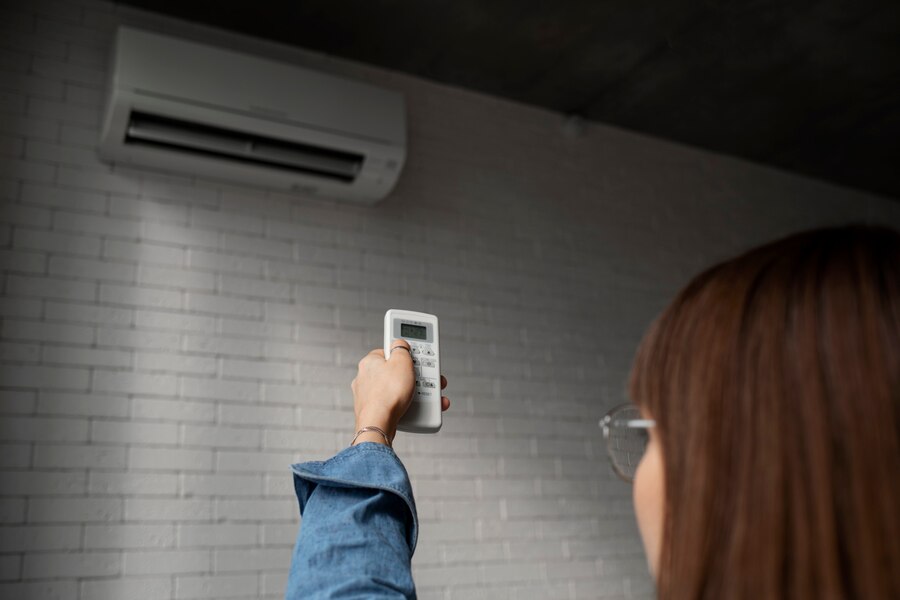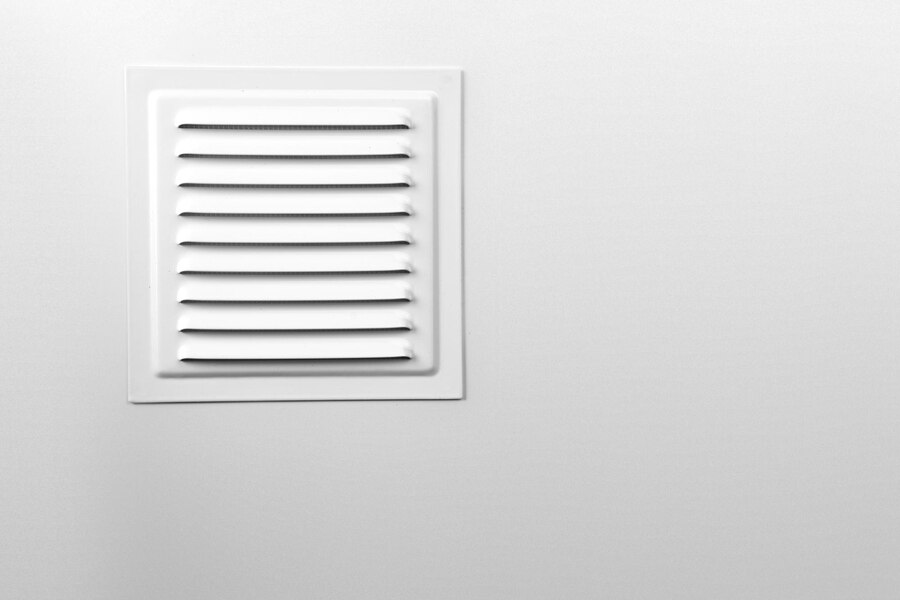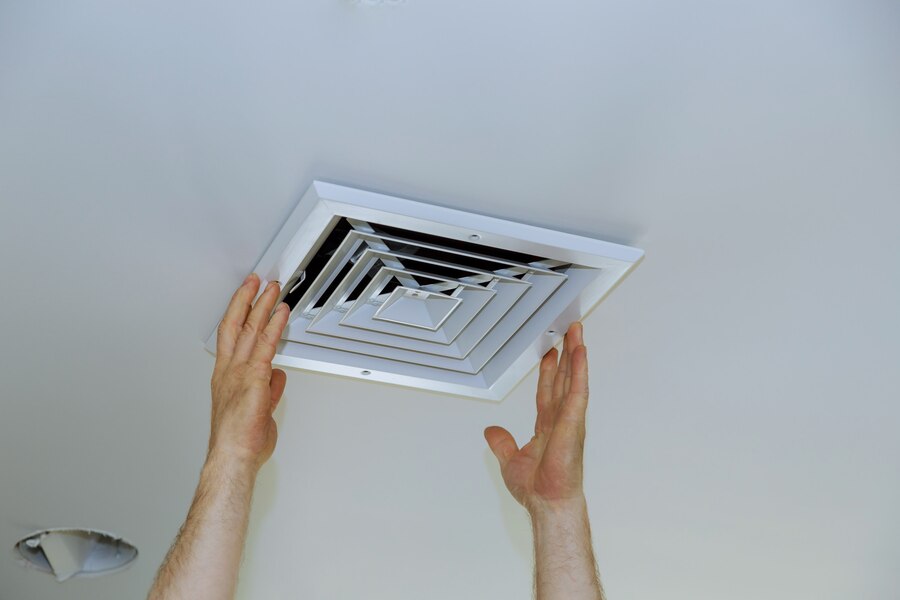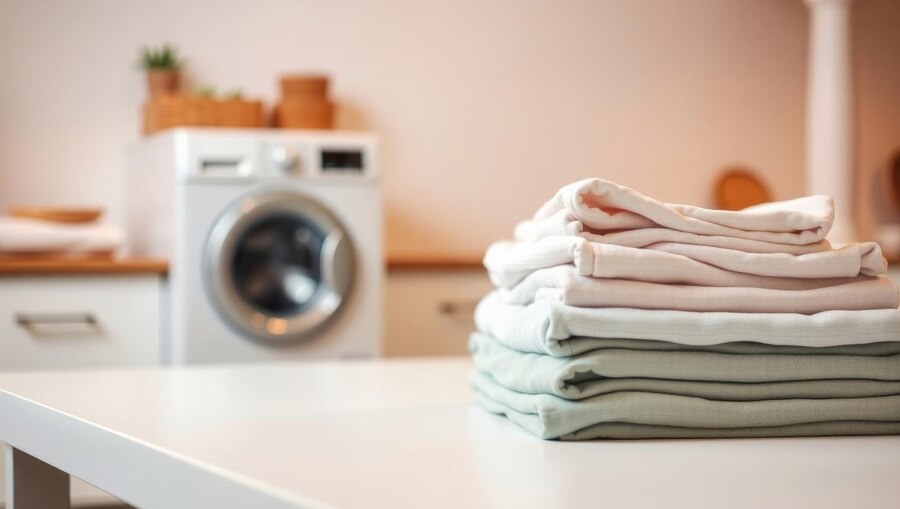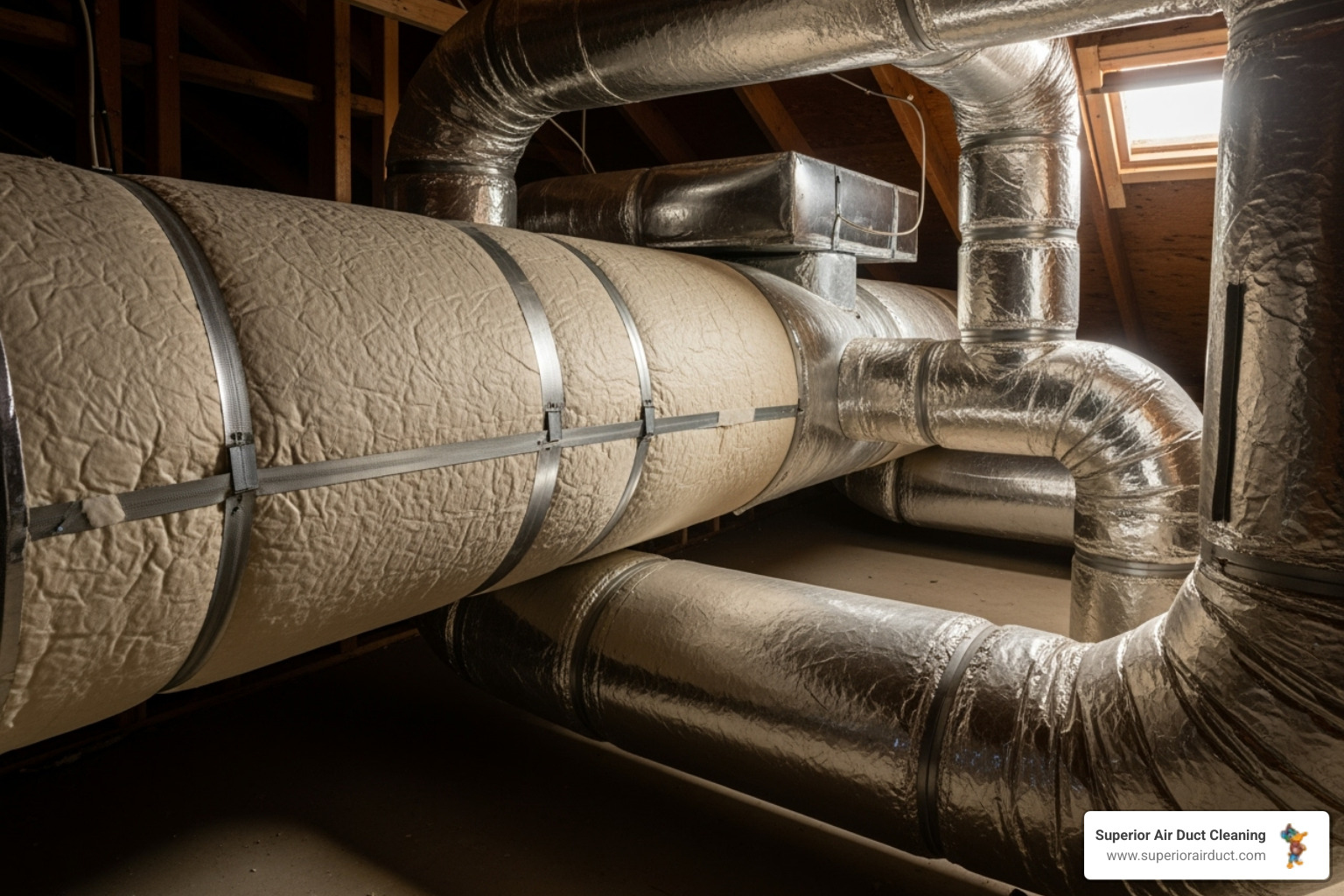
Why Your Ductwork Is the Hidden Key to Home Energy Efficiency
Energy efficient ducts are properly sealed, insulated, and designed ductwork systems that minimize energy loss and maximize the performance of your heating and cooling system. Here's what makes ducts energy efficient:
- Sealed connections - No air leaks at joints, vents, or the air handler
- Proper insulation - Adequate R-value insulation, especially in unconditioned spaces
- Right-sized design - Ducts sized according to professional calculations
- Strategic location - Placed within conditioned spaces when possible
- Quality materials - Mastic sealant and UL 181-rated tapes instead of cloth duct tape
If you're like most homeowners, you probably don't think much about the ducts hidden in your attic, basement, or crawlspace. But here's a startling fact: typical duct systems lose up to 40% of your heating or cooling energy before it even reaches the rooms you're trying to heat or cool.
That means a significant portion of your energy bill is literally disappearing into thin air. Leaky ducts don't just waste energy—they make your HVAC system work harder, create uneven temperatures, and can pull dust, allergens, and fumes into your home. The good news? Sealing and insulating your ducts can improve your system's efficiency by up to 20%, potentially saving you $120 or more annually while making your home more comfortable year-round.

Why Leaky Ducts Are Costing You More Than Money
Picture this: you're paying to heat or cool your home, but nearly half of that precious conditioned air is escaping through holes and gaps in your ductwork before it ever reaches your living spaces. It's like trying to fill a swimming pool with a leaky hose – frustrating and expensive.
Leaky ducts don't just drain your wallet; they create a cascade of problems. When your ductwork has even small leaks, your HVAC system transforms from an efficient climate control machine into an overworked, struggling appliance. Ducts that leak just 20% of conditioned air can force your HVAC system to work 50% harder. This excessive strain doesn't just waste energy; it shortens your equipment's lifespan and sets you up for costly repairs.
Those same leaks also act like tiny vacuums, pulling in dust, allergens, insulation particles, and even dangerous fumes that get circulated throughout your home. This can lead to a serious safety issue called backdrafting, where combustion gases like carbon monoxide are pulled back into your living spaces instead of venting outside. It's a silent threat that many homeowners don't even know exists.
The Financial, Environmental, and Health Benefits
Investing in energy efficient ducts is like giving your wallet, your health, and the planet a gift that keeps on giving.
Financial & Environmental: When your ducts are properly sealed and insulated, your HVAC system can finally stop working overtime. This means immediate reductions in your utility bills and significantly less wear and tear on your equipment. By using less energy, you're also directly reducing your carbon footprint and contributing to cleaner air for everyone.
Health & Comfort: Sealed ducts prevent the infiltration of dust, pollen, and other airborne nasties, leading to cleaner indoor air. This is especially important for family members with allergies or asthma. You'll also notice less dust accumulating on your furniture and consistent temperatures throughout your home. Say goodbye to frustrating hot and cold spots!
For a deeper dive into these issues, check out the Benefits of Duct Sealing and learn more about Why Energy Bills Rise with Dirty Vents and How to Prevent Moisture in Air Ducts.
How to Find and Fix Air Leaks in Your Ductwork
Identifying and addressing air leaks in your ductwork is the first crucial step toward achieving truly energy efficient ducts. While some leaks might be obvious, many are hidden, making them tricky to spot without a keen eye or professional assistance. We recommend starting with a visual inspection, but don't hesitate to call in the experts for a thorough assessment.

Finding and Fixing Leaks
Start by looking for obvious problems in accessible areas like your basement, attic, or crawlspace. Common issues include:
- Disconnected ducts or torn sections.
- Gaps at the joints where duct sections connect.
- Kinks in flexible ductwork that restrict airflow.
- Dirt streaks around seams, which indicate escaping air.
For a more thorough analysis, a professional can perform a "duct blaster test" to pressurize the system and precisely measure air loss. You can learn more about Signs That Your Ducts May Be Leaking Air.
Choosing the Right Sealing Materials
When you find a leak, using the right material is critical. Do not use standard cloth-backed duct tape, as its adhesive dries out and fails quickly.
- Mastic Sealant: This is the best choice. It's a gooey substance that you paint over seams and joints, creating a hard, durable, and permanent seal.
- UL 181-Rated Foil Tape: This is a specialized, heat-resistant tape designed for HVAC systems. It's a great option for sealing flat surfaces and joints on rigid ductwork.
For a guide on simple repairs, check out these Minor Duct Repair Tips. For a comprehensive job, professional sealing is the most effective solution.
Frequently Asked Questions about Duct Efficiency
Let's tackle the most common questions we hear from homeowners about making their ductwork more efficient. These are the real concerns that keep people up at night – well, maybe not literally, but they're definitely on your mind when those utility bills arrive!
What is the best material for sealing air ducts?
When it comes to sealing your ducts effectively, mastic sealant is hands down our top recommendation. It's incredibly durable and creates a long-lasting, airtight seal that can handle the temperature extremes in attics and crawlspaces. For smaller gaps and straight seams, UL 181-rated foil tape is an excellent alternative. The key is to avoid standard cloth duct tape, which is not designed for HVAC applications and will fail over time.
How much can I really save with energy-efficient ducts?
According to ENERGY STAR, sealing and insulating your ducts can boost your HVAC system's efficiency by as much as 20 percent. That translates to potential savings of over $120 annually on your utility bills. For homes with significant leakage, the savings can be even more dramatic. These aren't just one-time savings either. Energy efficient ducts keep delivering year after year, accumulating substantial savings over the entire lifespan of your HVAC system.
Should I clean my ducts before sealing them?
Absolutely, yes! Cleaning your ducts before sealing them is a best practice. Over time, your ductwork becomes a collection point for dust, debris, and other contaminants. If you seal your ducts without cleaning them first, you're trapping all these pollutants inside your system. Clean duct surfaces also allow sealants like mastic and tape to adhere much better, creating a stronger and more durable seal. It's the key to improving both indoor air quality and HVAC efficiency right from the start. At Superior Air Duct Cleaning, we provide comprehensive cleaning services throughout Pennsylvania, Ohio, and West Virginia to prepare your system for sealing, ensuring you get the best possible results.
Conclusion
We've taken quite a journey together through the hidden world beneath your floors and above your ceilings. What started as invisible ductwork tucked away in forgotten spaces has revealed itself to be one of the most important systems in your home – and potentially one of the most wasteful.
Think about it: nearly half of your heating and cooling energy could be vanishing into thin air through leaky ducts. That's like paying for a full tank of gas but only getting to use half of it. The good news? Now you know exactly how to fix it.
Energy efficient ducts aren't just about saving money on your utility bills, though those savings of $120 or more each year certainly add up. They're about creating a home that truly works for you – consistent temperatures in every room, cleaner air for your family to breathe, and an HVAC system that doesn't have to work overtime just to keep you comfortable.
We've covered the warning signs that your ducts need attention, from those frustrating hot and cold spots to the dust that seems to appear no matter how often you clean. We've explored the best materials for sealing – remember, ditch that cloth duct tape despite its misleading name! – and finded why proper insulation and strategic duct placement make such a dramatic difference.
The path forward is clear. Whether you tackle some minor sealing projects yourself or call in professionals for a comprehensive upgrade, every step you take toward energy efficient ducts is an investment in your family's comfort and your home's future.
At Superior Air Duct Cleaning, we've seen how transformative properly maintained ductwork can be. We provide comprehensive residential and commercial air duct and dryer vent cleaning services throughout Pennsylvania, Ohio, and West Virginia, helping families breathe easier while saving energy. When your ducts are clean and sealed, everything else falls into place.
Your home should be your sanctuary – a place where the air is clean, the temperature is just right, and your energy bills don't make you wince. Energy efficient ducts are the foundation that makes all of this possible.
Ready to stop throwing money away and start enjoying the comfortable, healthy home you deserve? For a professional assessment and cleaning of your ductwork in Gibsonia, PA, contact our experts. We're here to help you transform those hidden pathways into the efficient, clean system your home needs.

Customer Reviews




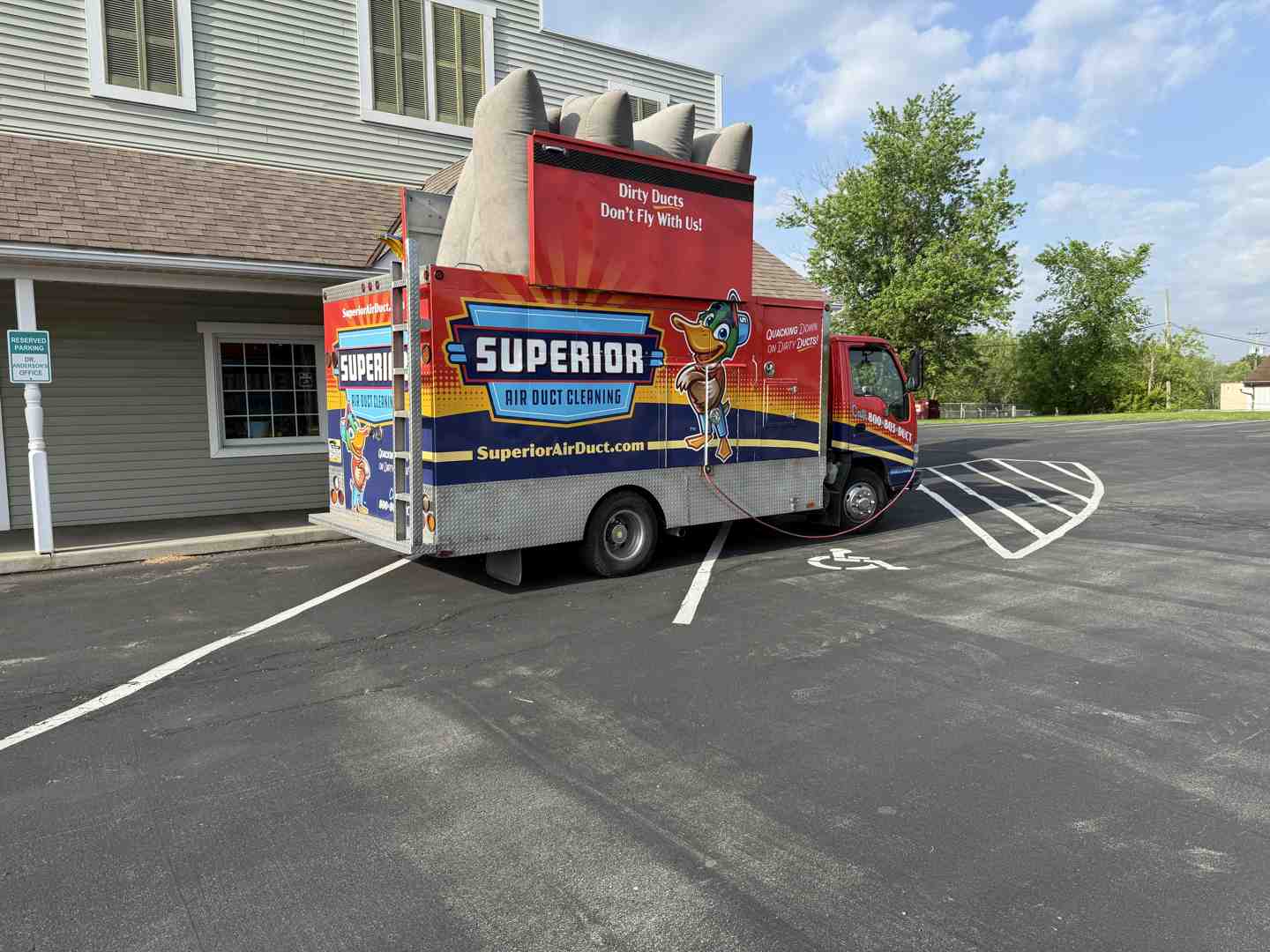
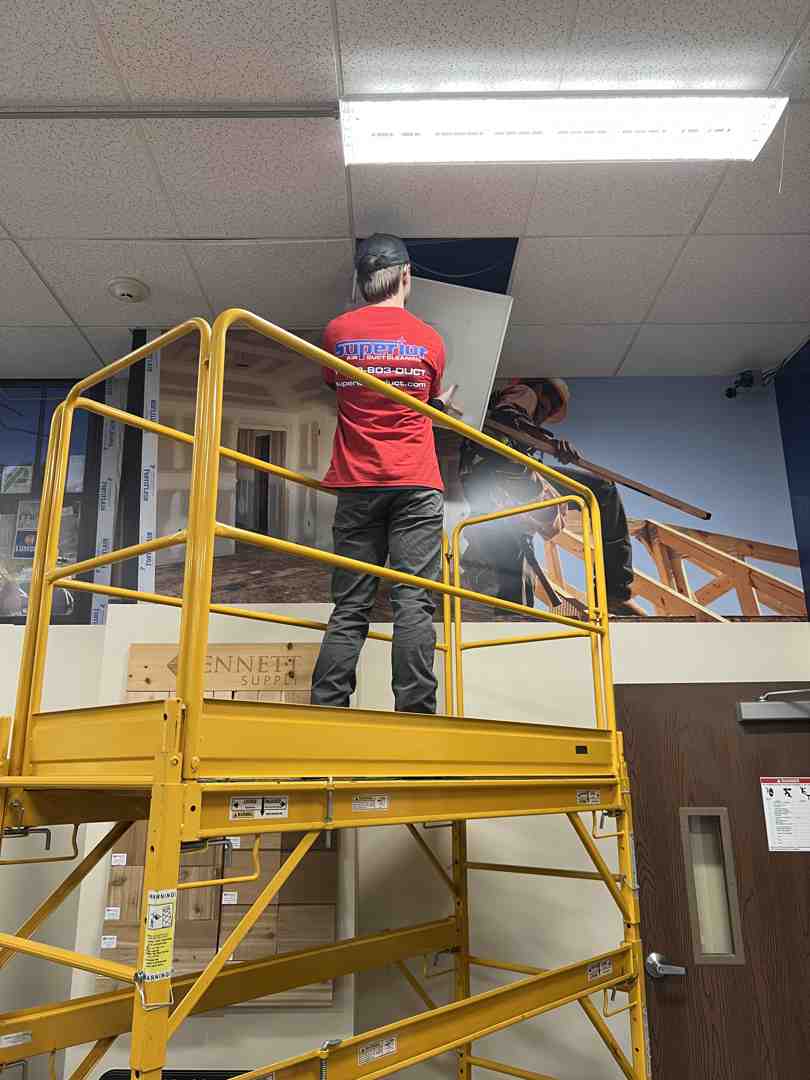

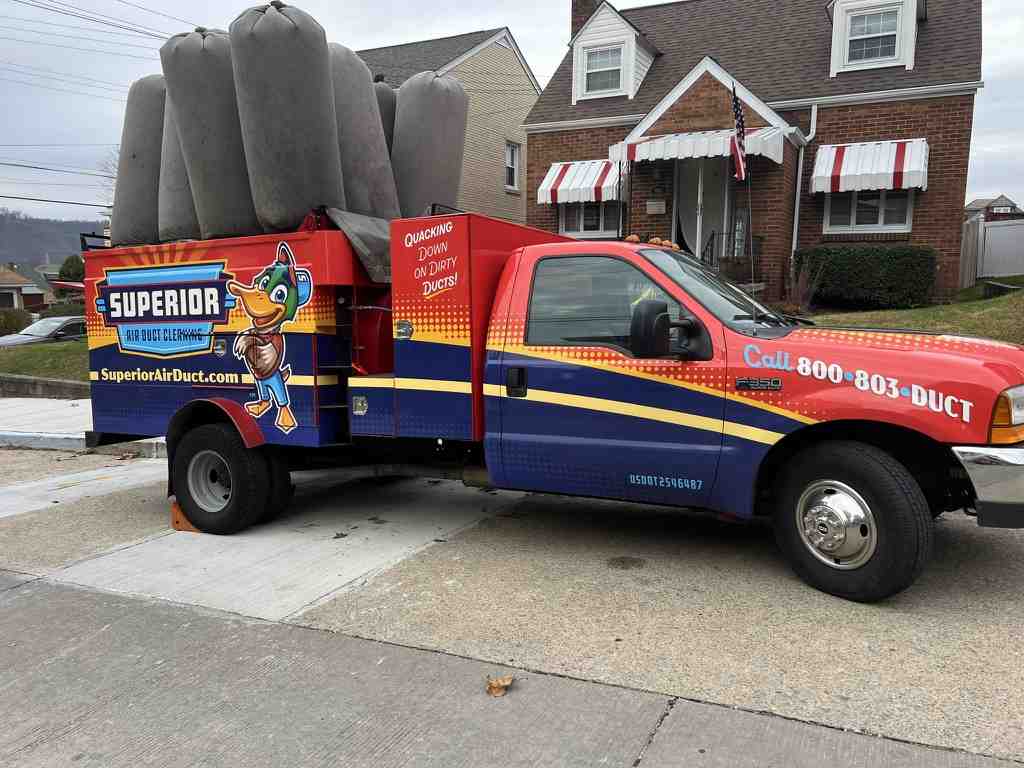


I need to find a service to remove dust from the air ducts in my Pittsburgh home. Who should I call?
